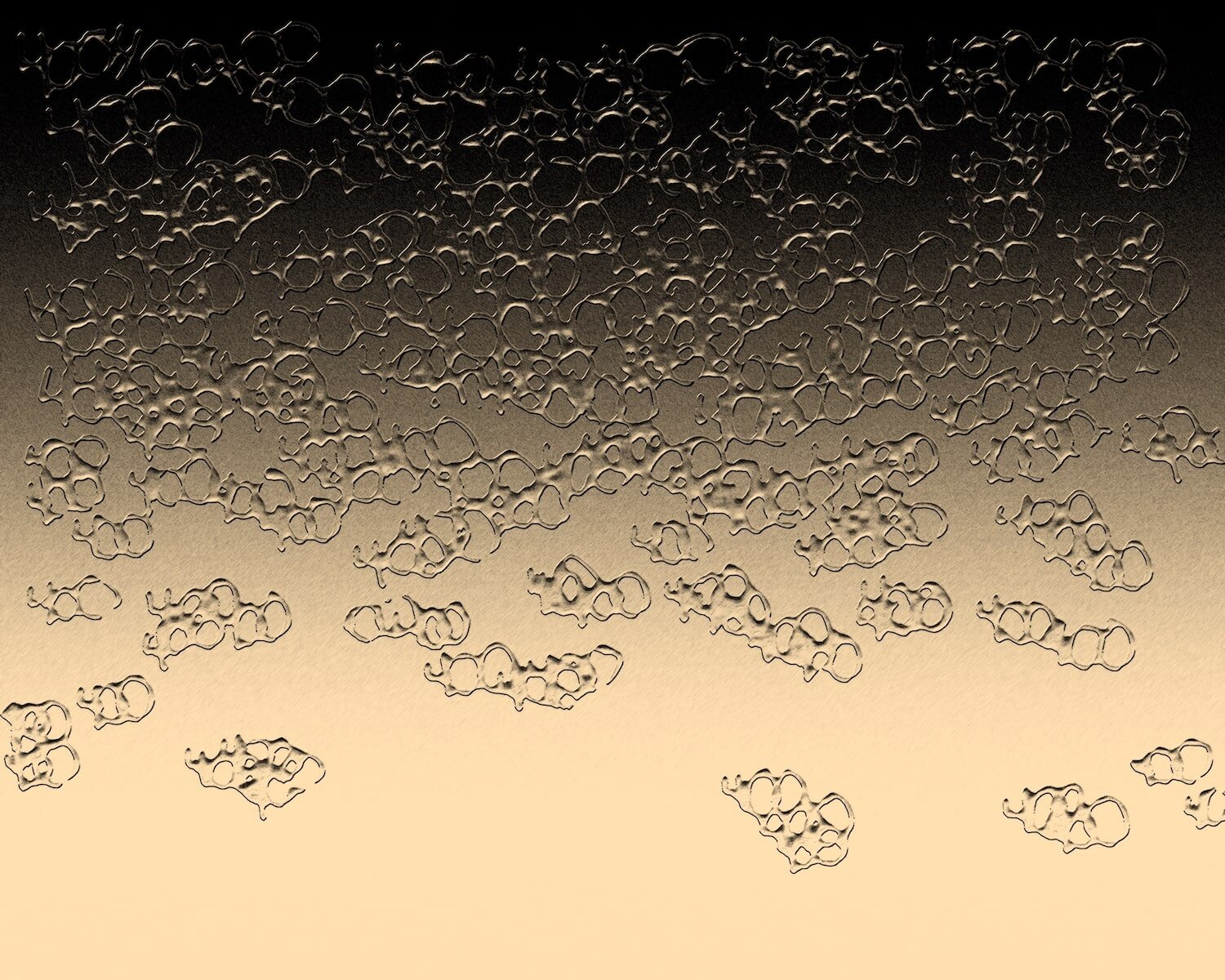The Art of Climate Change Collection
The collection is organized into five galleries, each offering a unique lens on climate change.
The “WHY?” Series explores why our climate is changing, while the “HOW?” Series illustrates its impact on our world. The “WHO?” Series highlights the people and communities most at risk, and the “WHAT?” Series considers the actions we can take to address the crisis. Finally, the “No-Graph-Iti?” Series uses words, numbers, and other concepts to deepen our understanding of climate science.

Arctic Sea Ice Extent - 1500 Years

Managing Rising Aridity
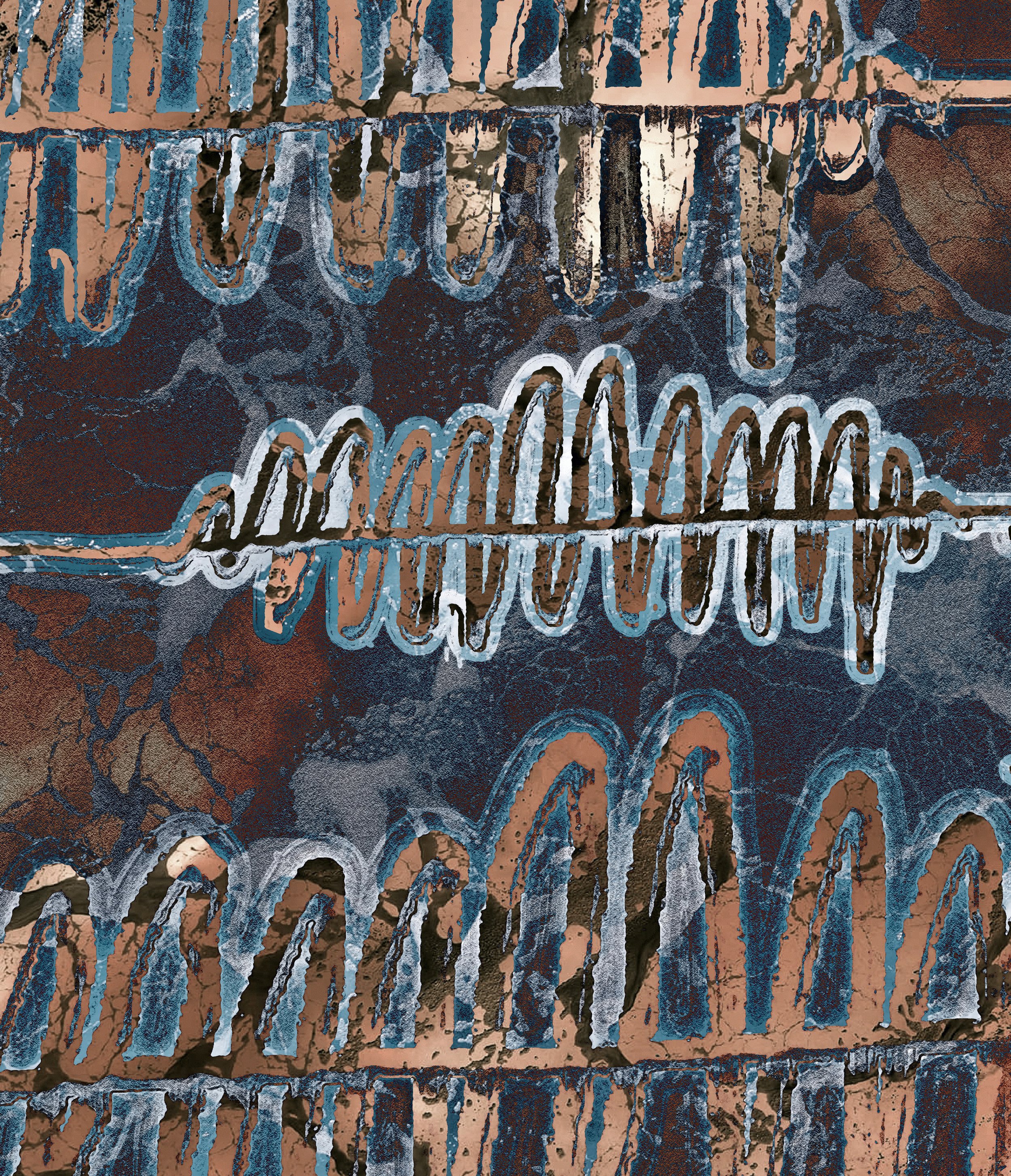
How close are we to tipping over?

The Wasted Food Scale

Arctic and Antarctic Daily Sea Ice Extent
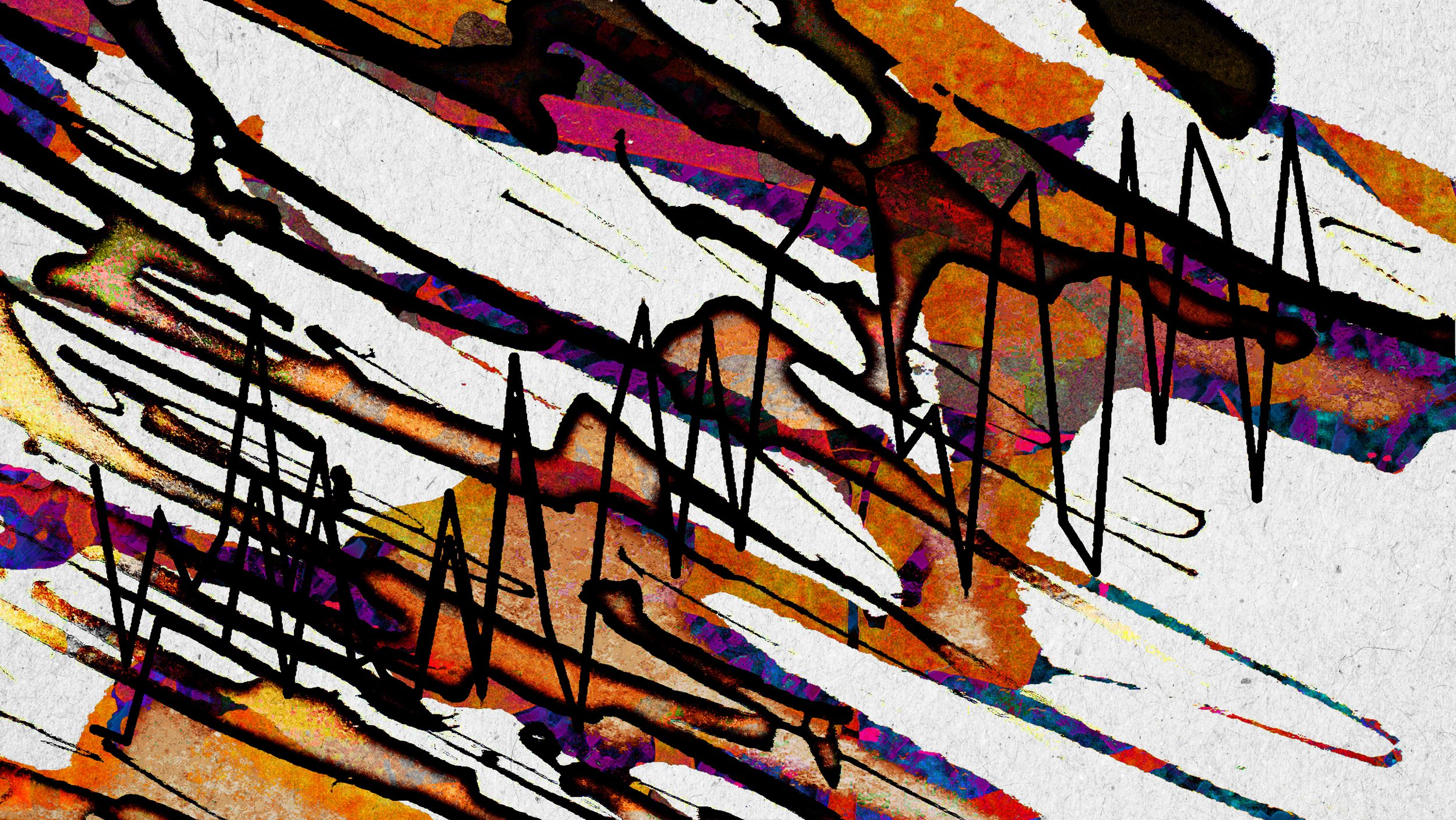
Wildfire trends in the U.S.

The Air We Breathe

Demand for Electricity in U.S. is Growing

Climate Change and Our Favorite Beverages

Indoor Summers

Insurance Costs are Rising
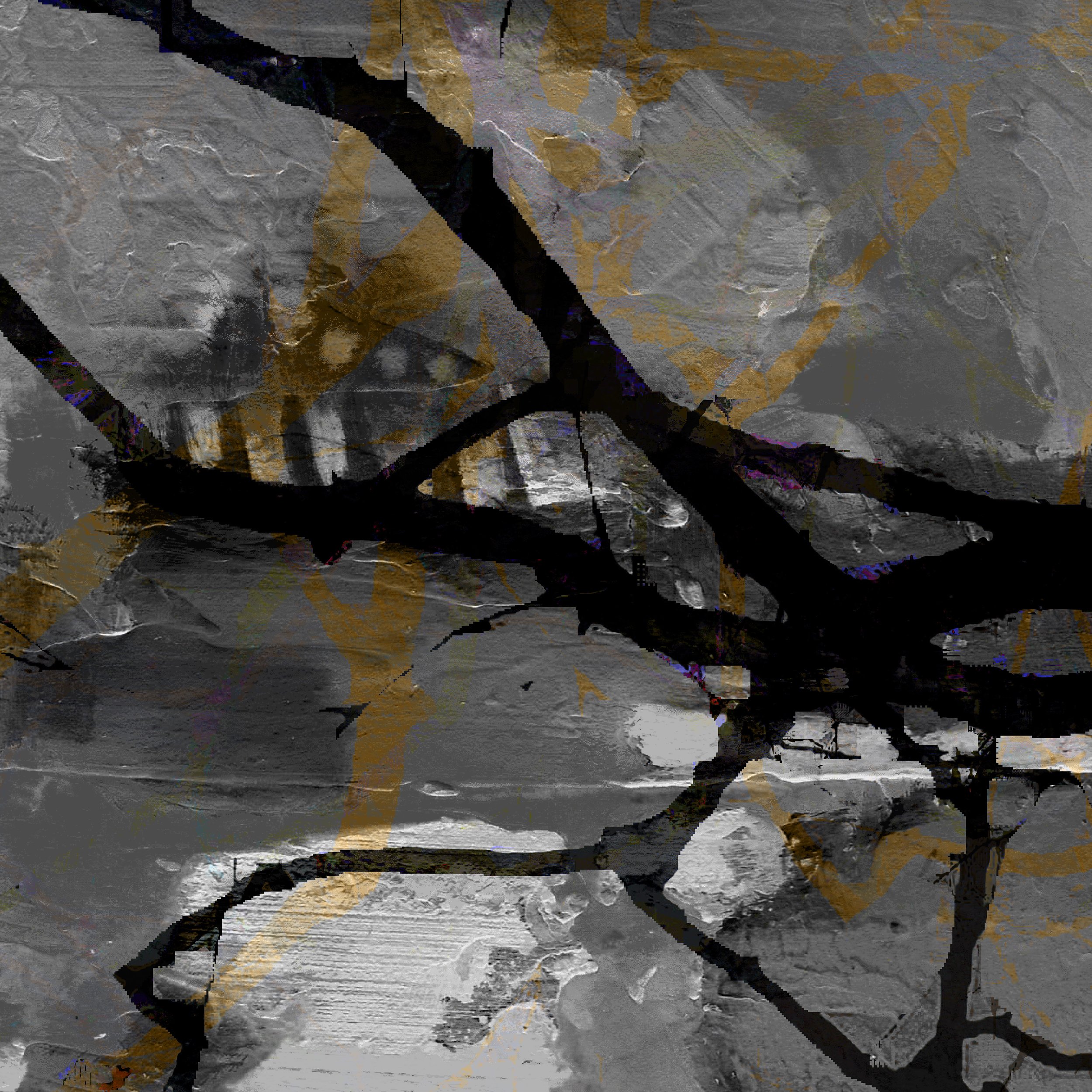
Homeless
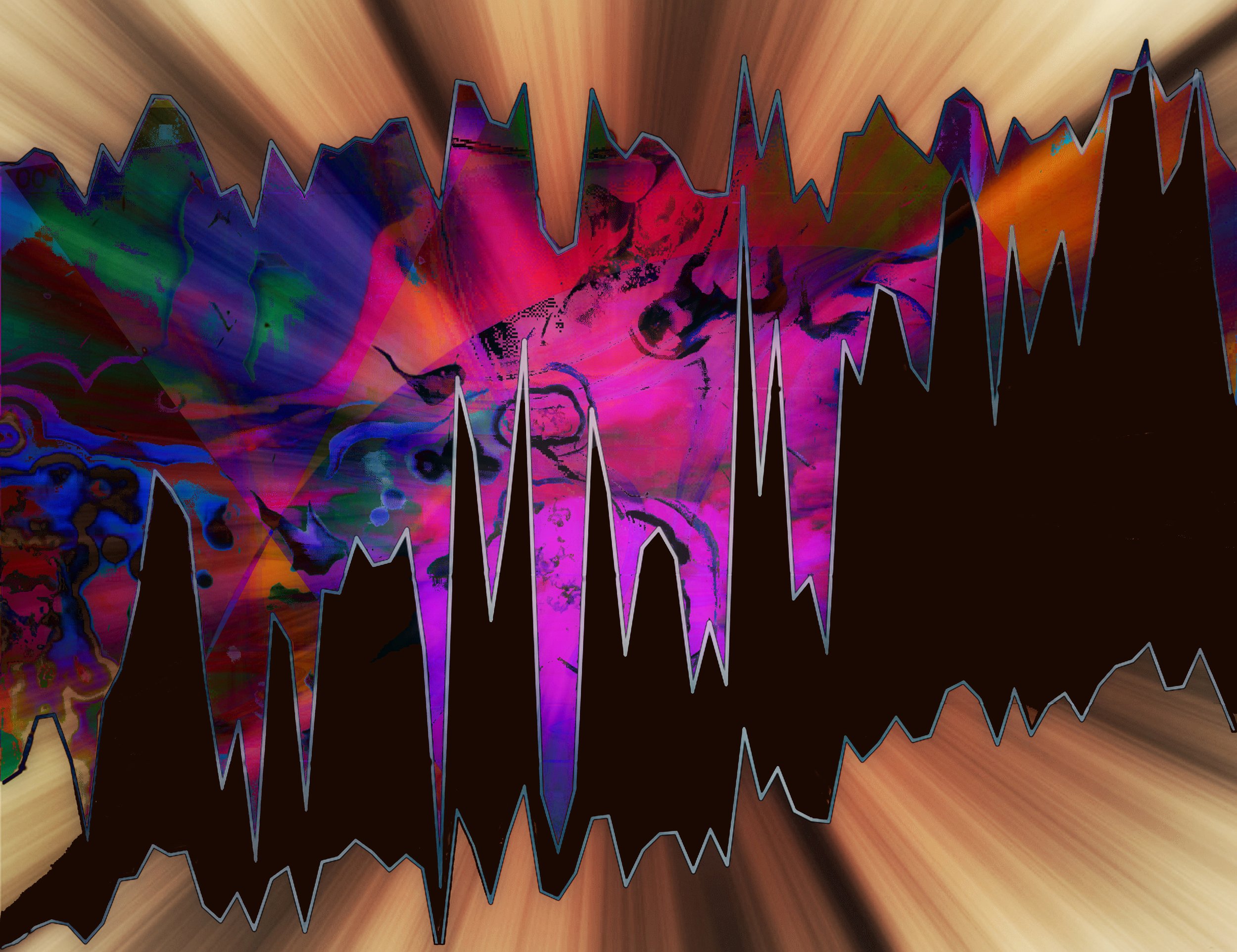
Hotter Nights

Choice of Protein Impacts GHG Emissions

Impacts to Species in Global “Hotspots”
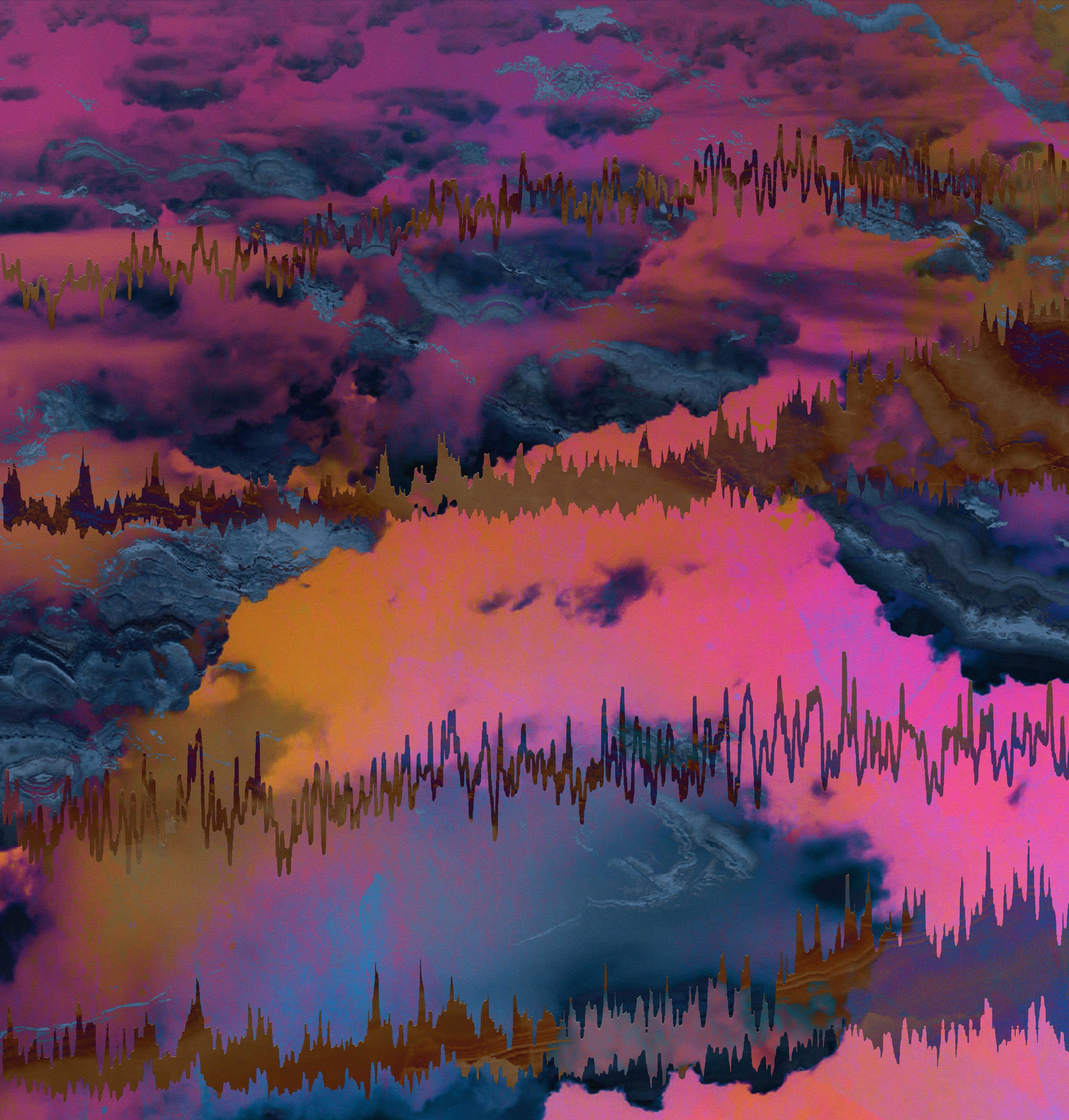
Drought - Past and Projected Global Impacts on Area and Population
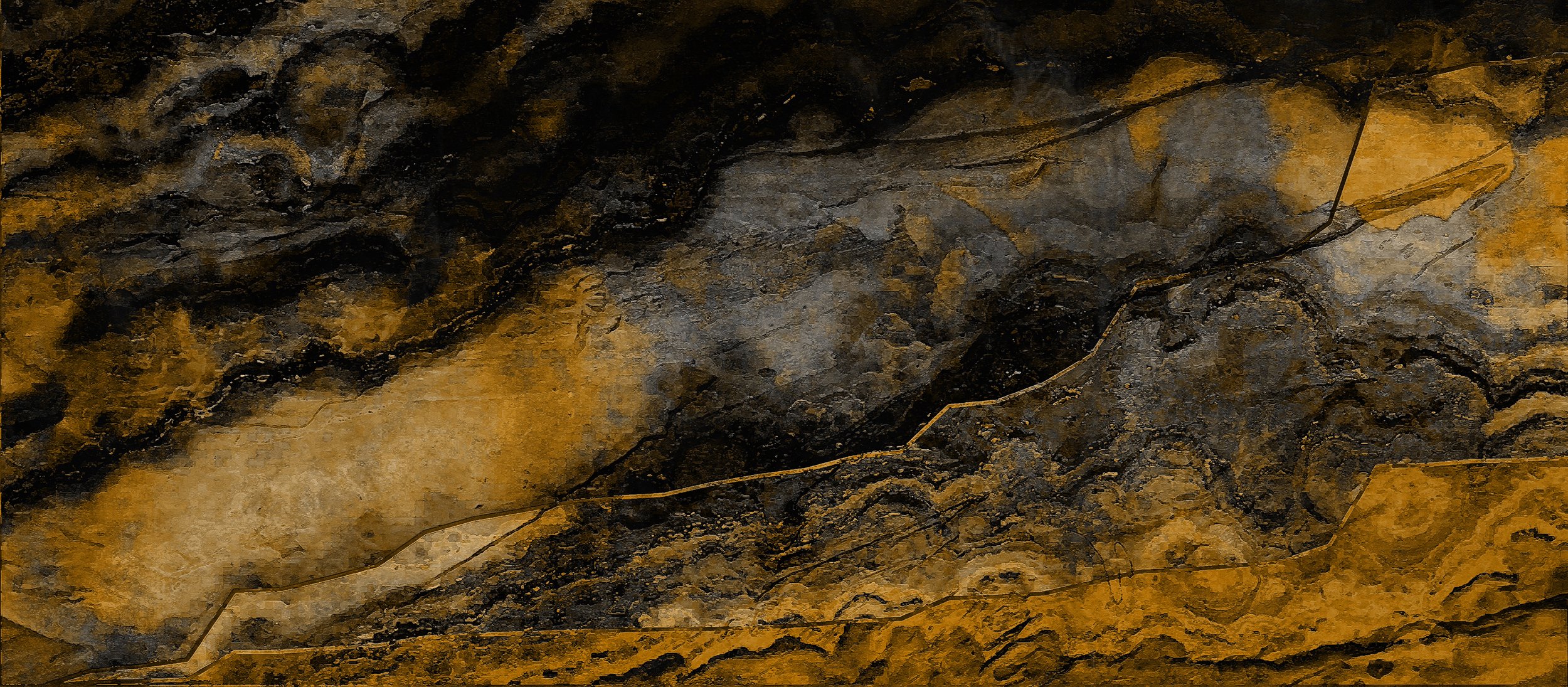
Damages from Floods are Increasing
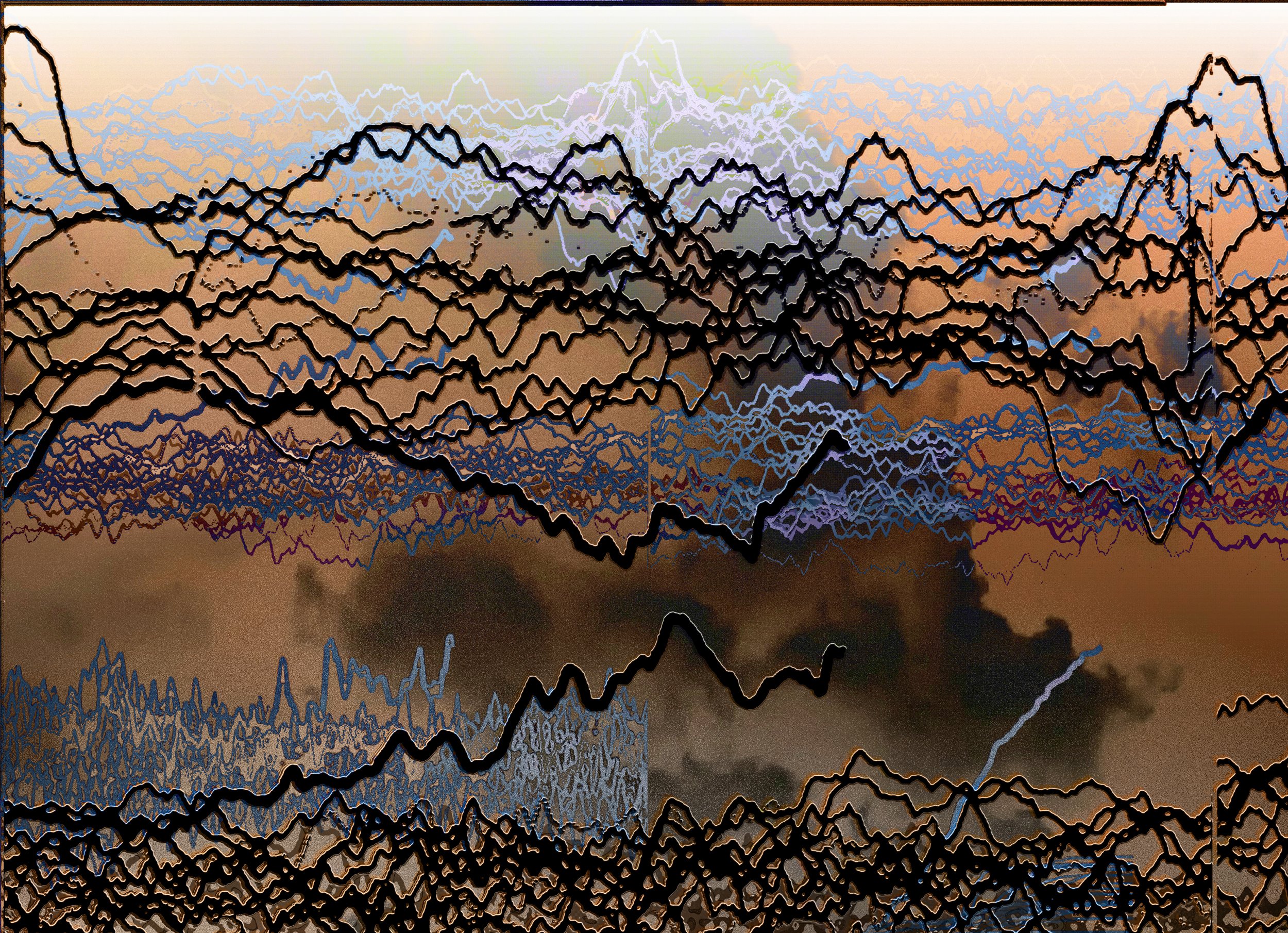
Many Records Broken

Keeling Curve - C02 Emissions 1958-2021

Wind Electricity is Trending Up Significantly

Record Breaking Heat

Nations’ Greenhouse Gas Emissions - Past and Current
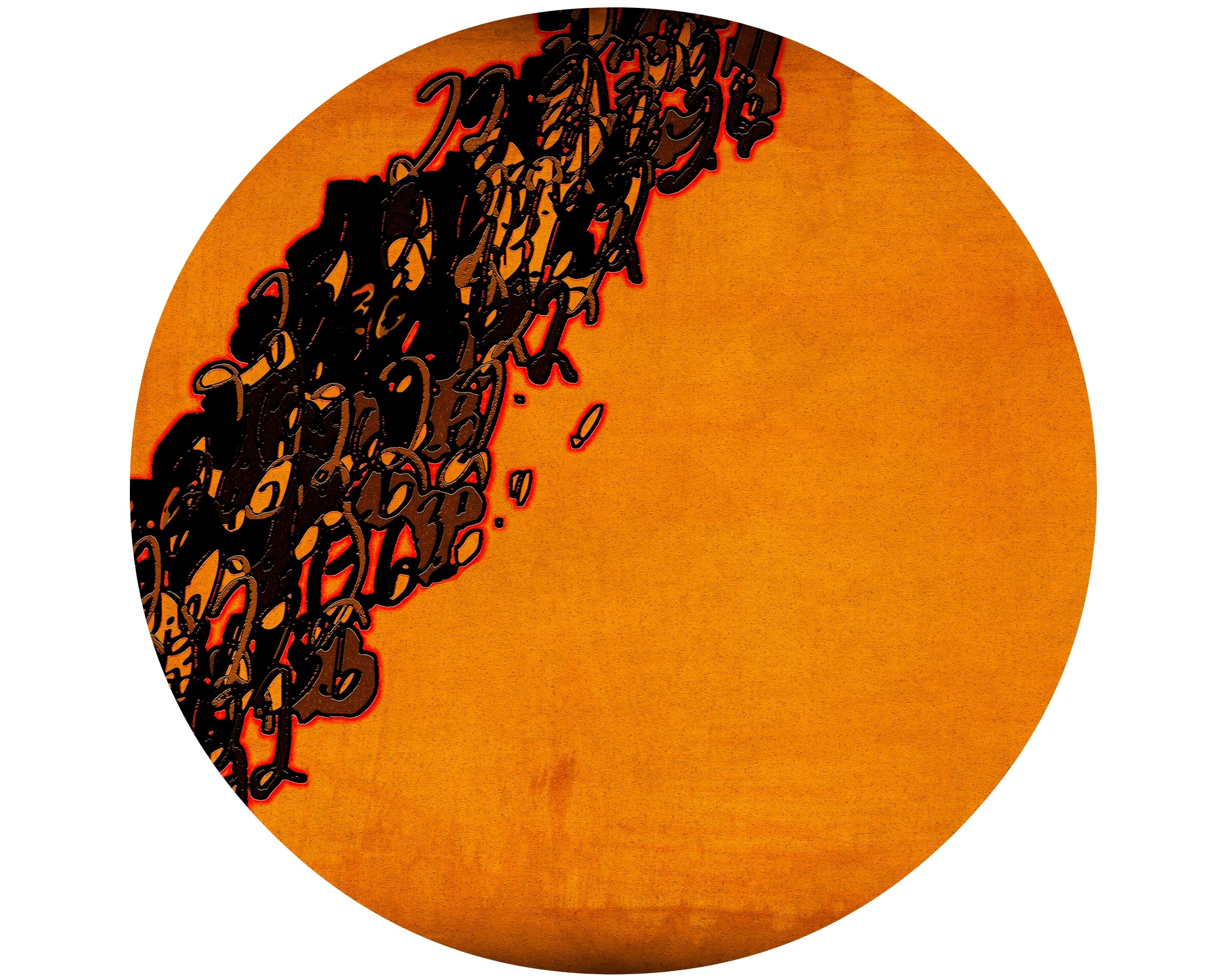
2° C (3.6°F) - What does it mean?

Scientific Consensus - 99%+

Political Consensus - Is it possible in a Polarized Nation?

Temperature and CO2 for Last 1000 Years
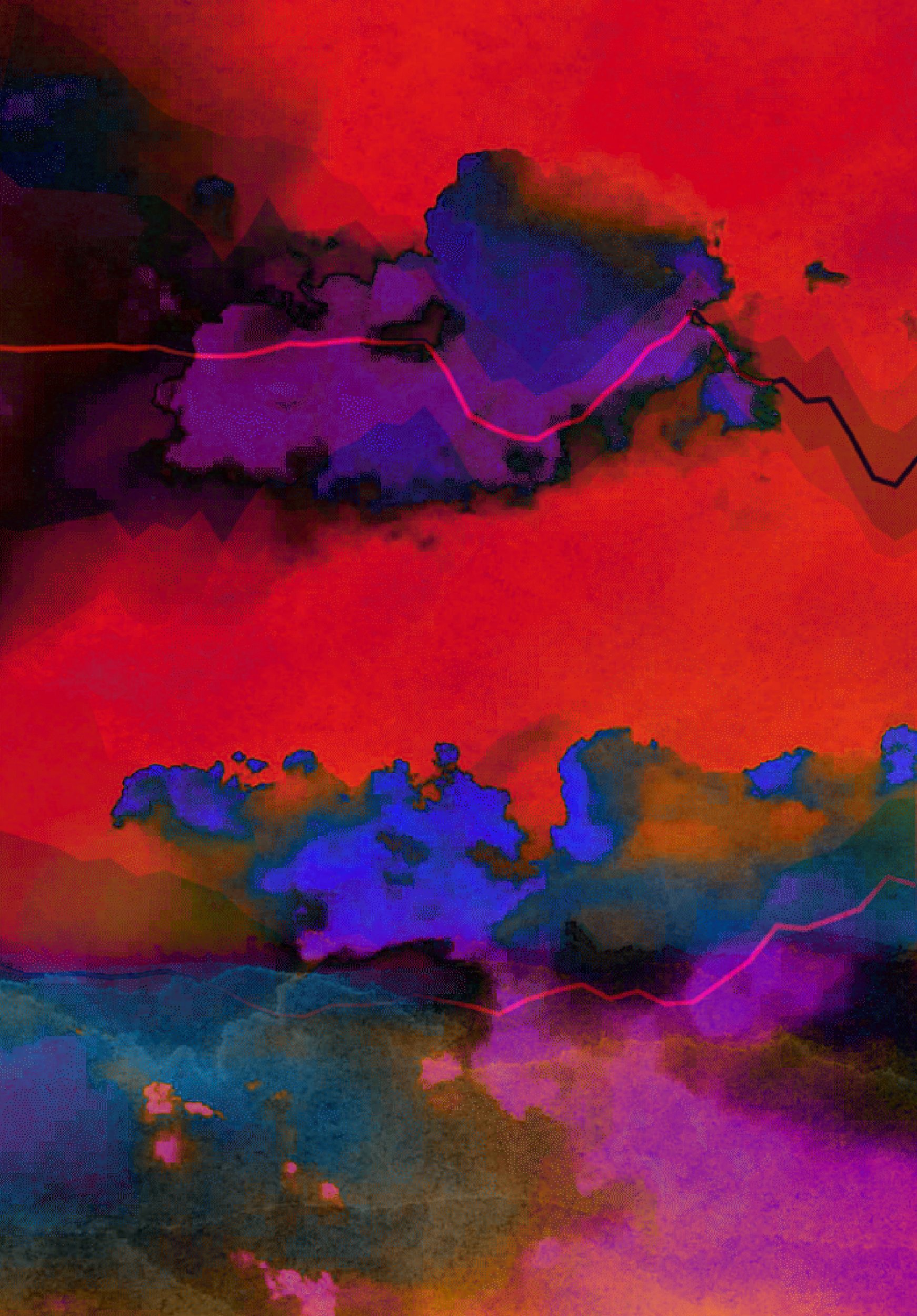
Coral Reefs - Algae Increases as Coral Declines

Modeling Economic Risks of Carbon Emissions

Deforestation and Climate Change
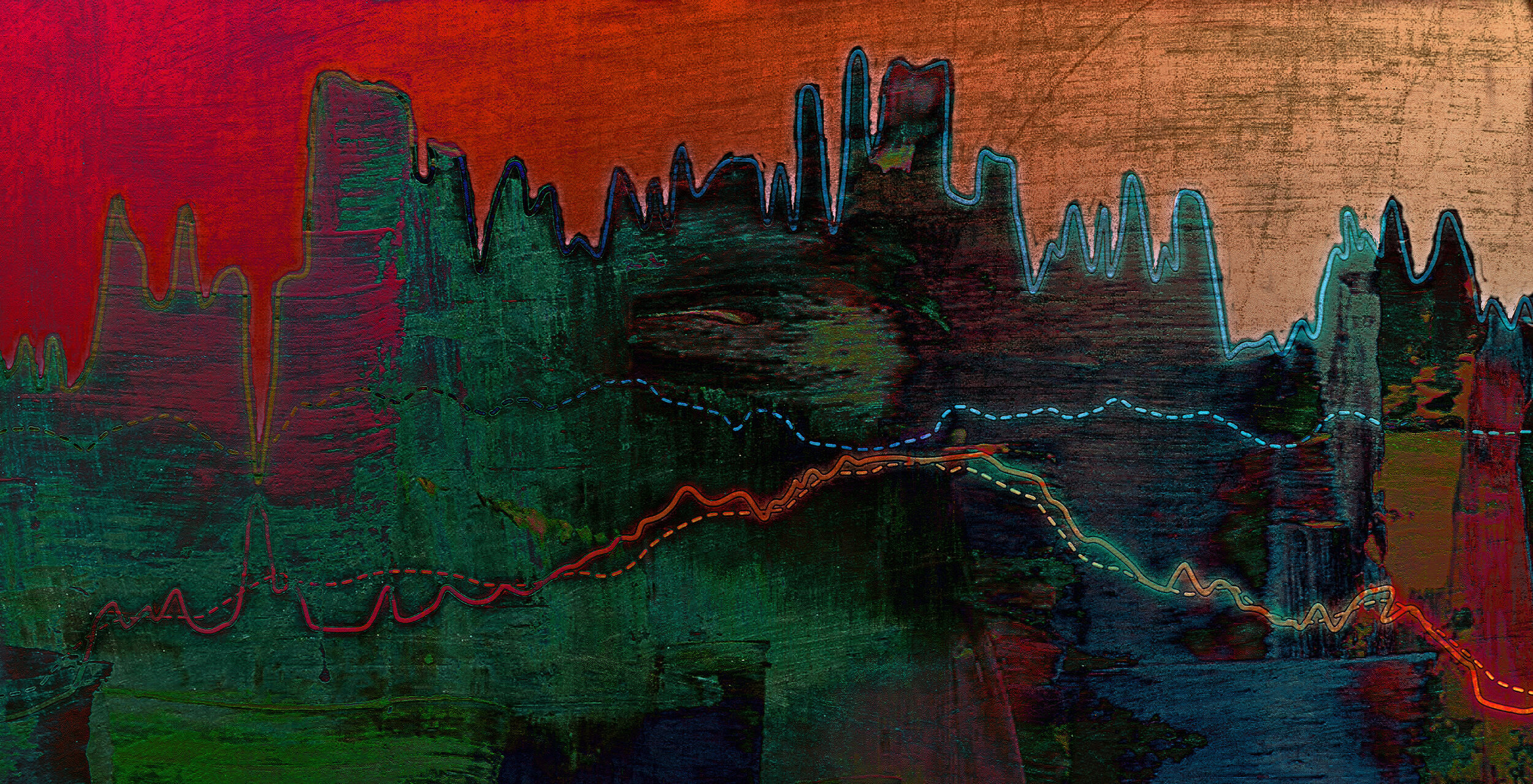
Urban Heat Islands

Scenarios for Reducing Emissions

North America - Risk Assessment

Social Tipping Points

Global Power Generation by Technology

Global Carbon Budget

Overlapping Risks - Hazards. Vulnerability. Exposure.

Varying Effectiveness of Mitigation and Adaptation Strategies
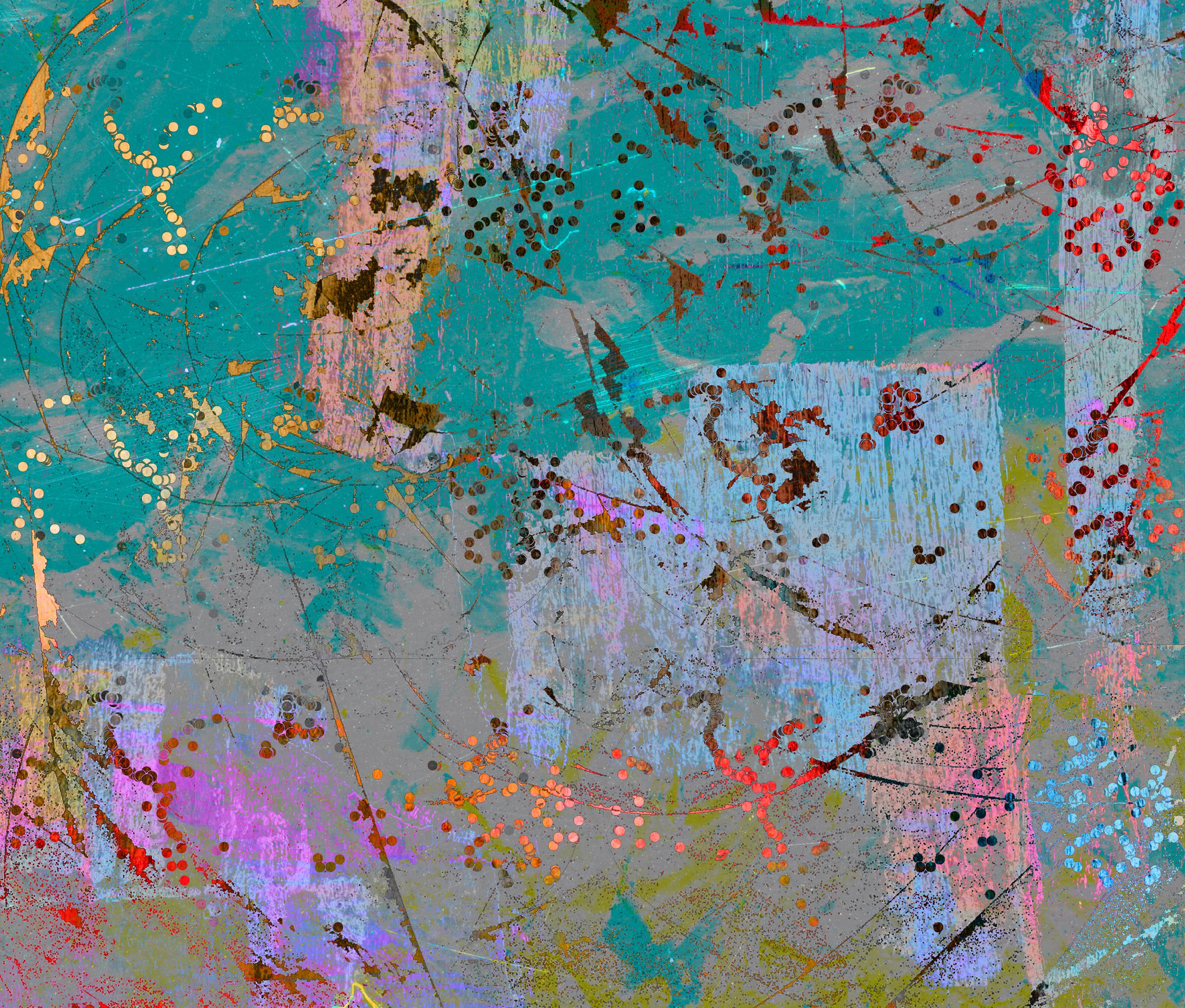
100 Year Events and Sea Level Rise

Human-Induced Methane Emissions - Future Scenarios

Cascading Climate Change Impacts

Top Ten Emitters of GHGs - Global and U.S.

Types of Adaptation Responses by Global Region

Arctic Amplification
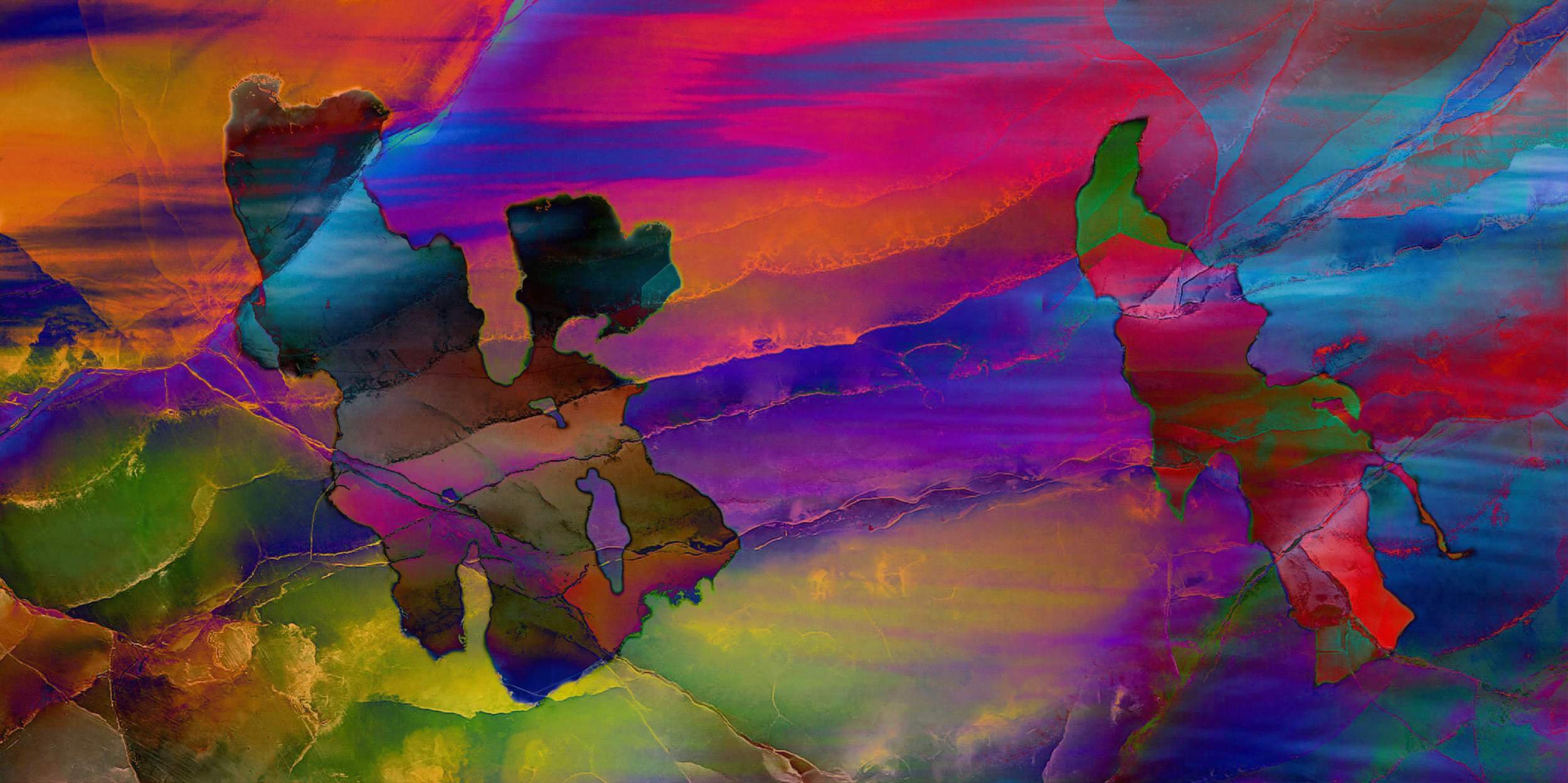
Water Resources are Declining
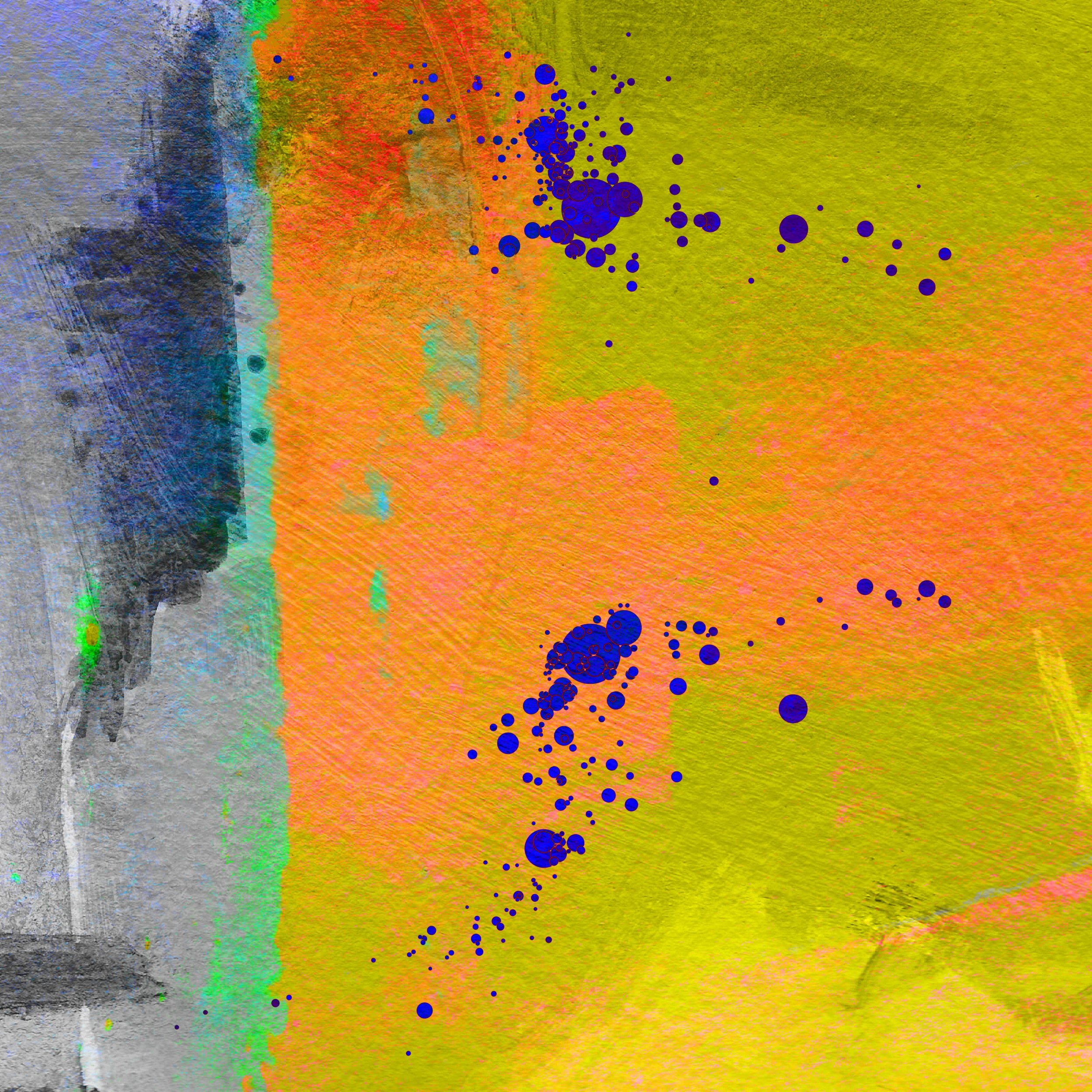
Wealth and Population of Nations Affects Climate Health Impacts

Antarctica Ice Shelves - Loss and Instability

Use of Electric Heat Pumps to Reduce Emissions
Climate Science Denial Myths

Methane Leaks - Seeking Accurate Reports
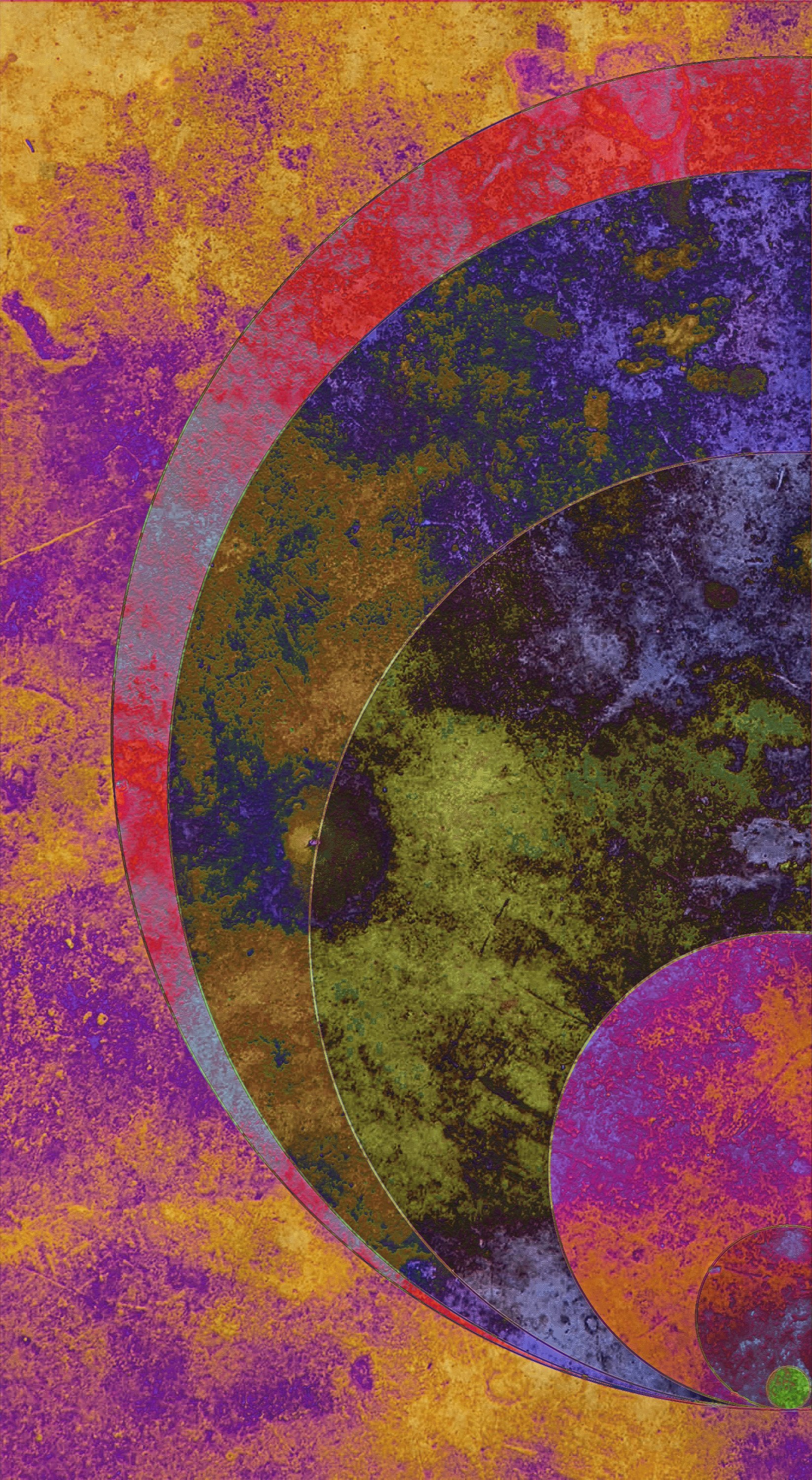
Children’s Vulnerability to Climate Risks
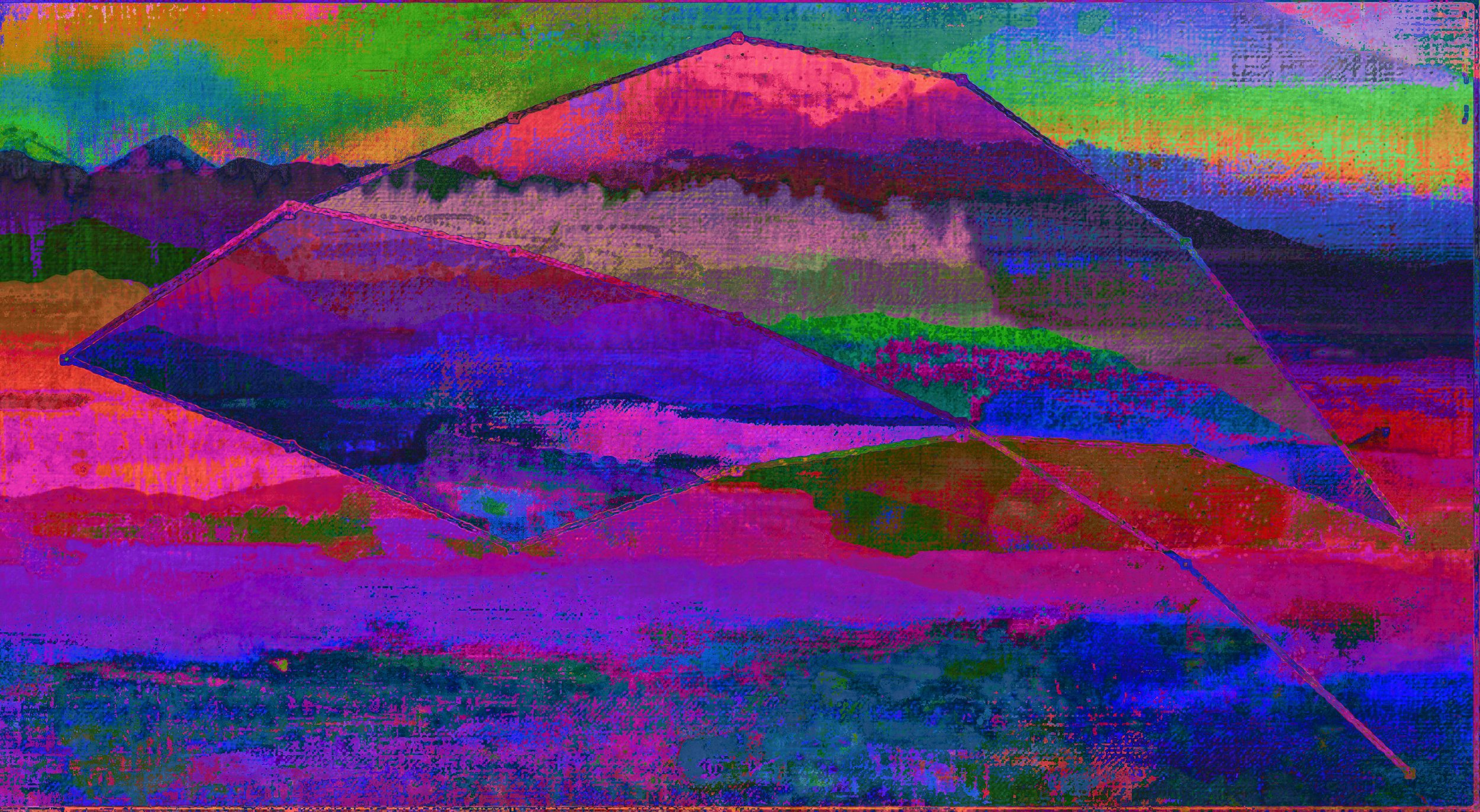
Future Energy Prices Depend on Best Policies

Antarctica Sea Ice Trends 1981-2023
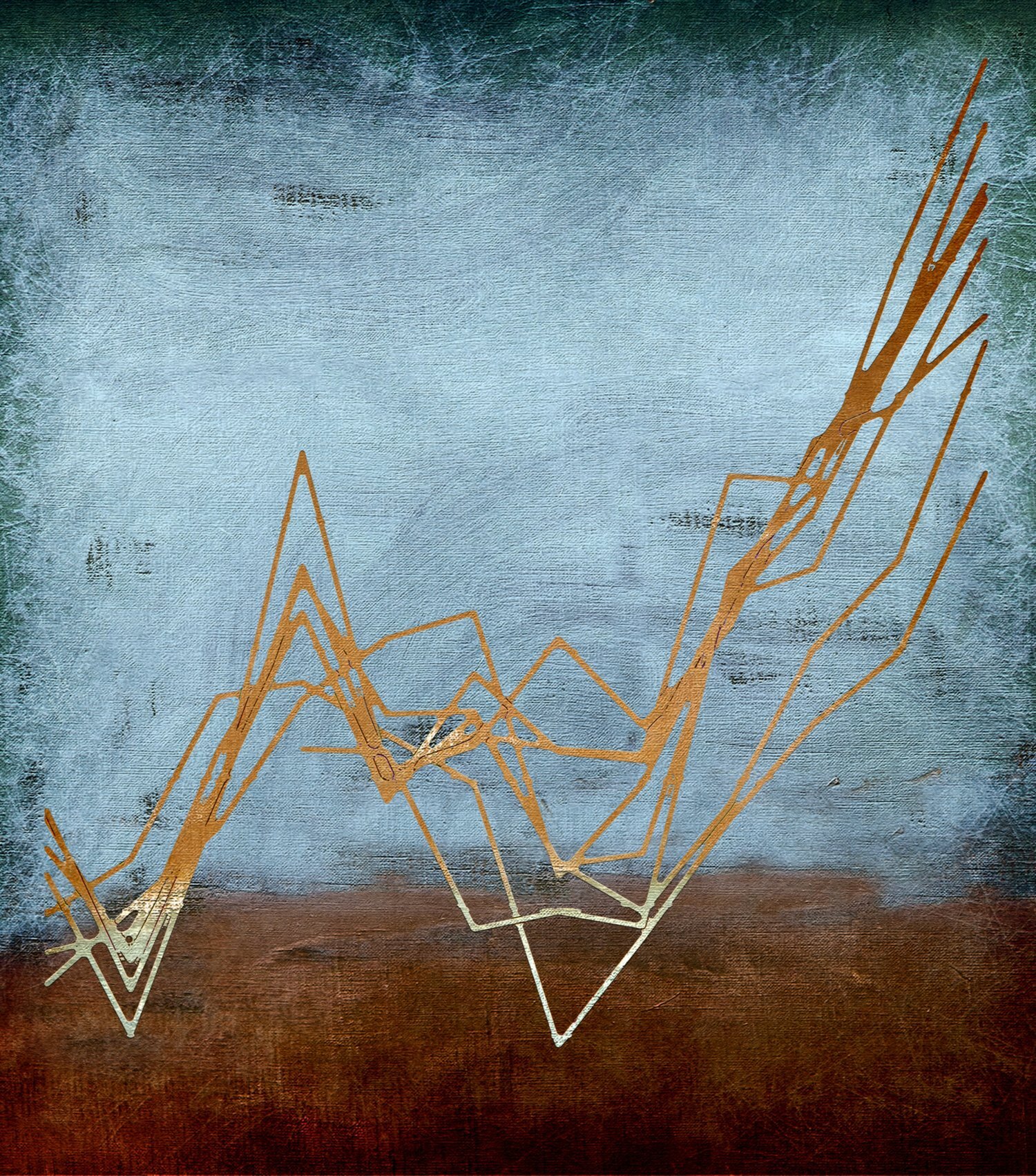
Changes in US Temperature By Region
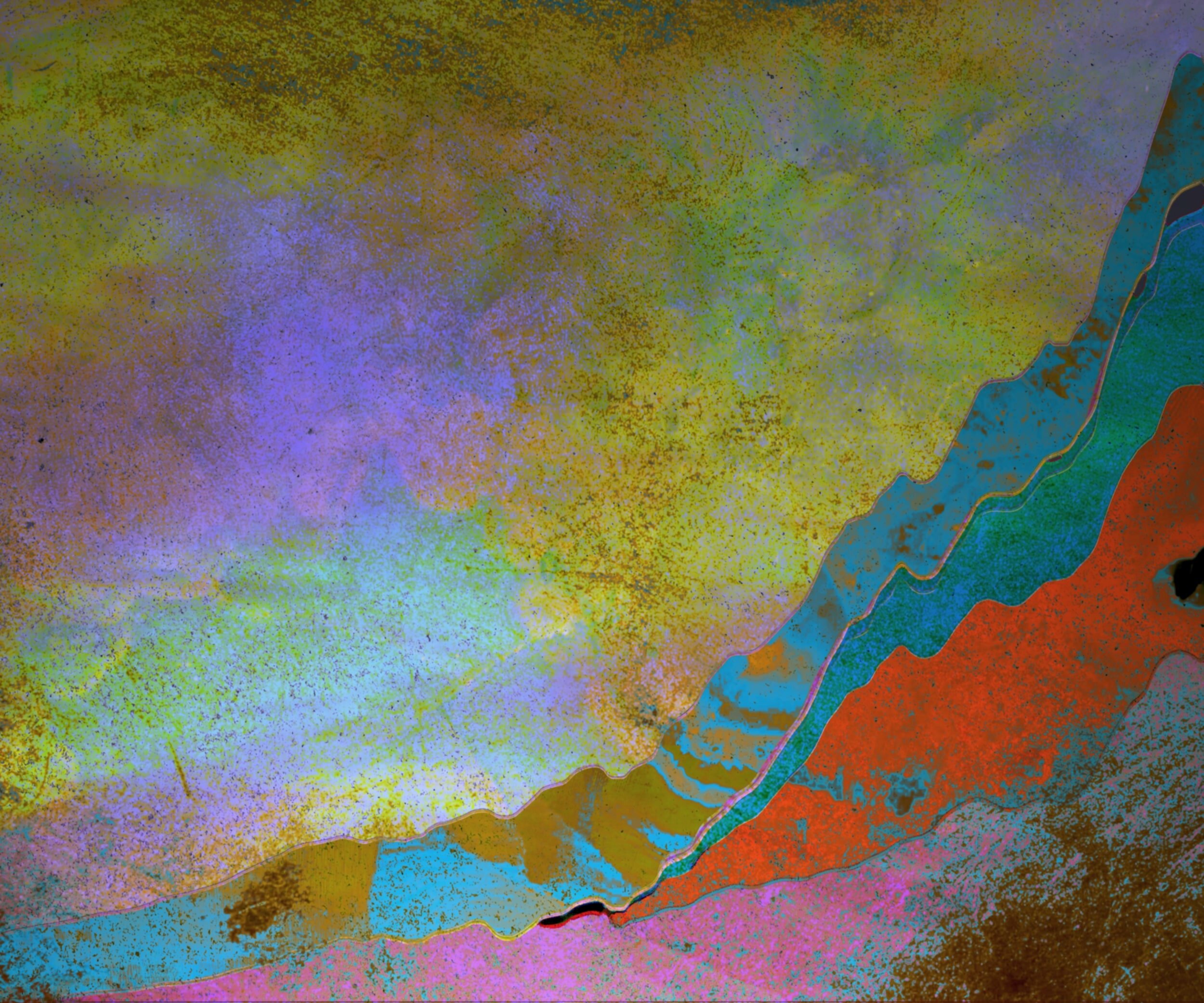
Global Carbon Emissions by Source

Global Actions and Pledges Not Enough

Warning - The Many Plagues of Climate Change

Wealth and Carbon Footprint

Multiple Impacts to Oceans and Ice Sheets from Global Warming

Relationship between Emissions Levels and Temperature Rise

Ocean Acidification Threatens Marine Life
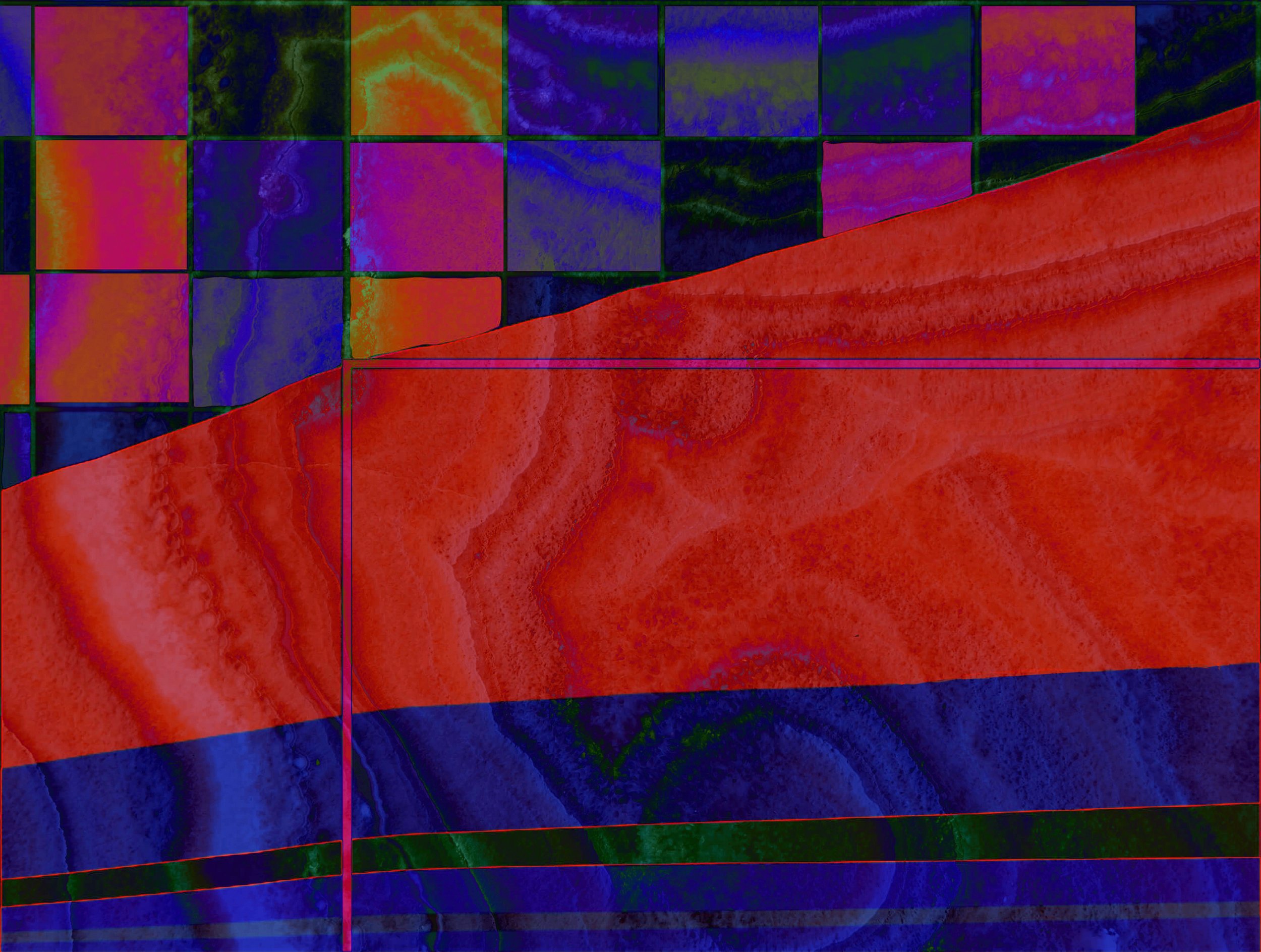
Radiative Forcing

Ocean Heat
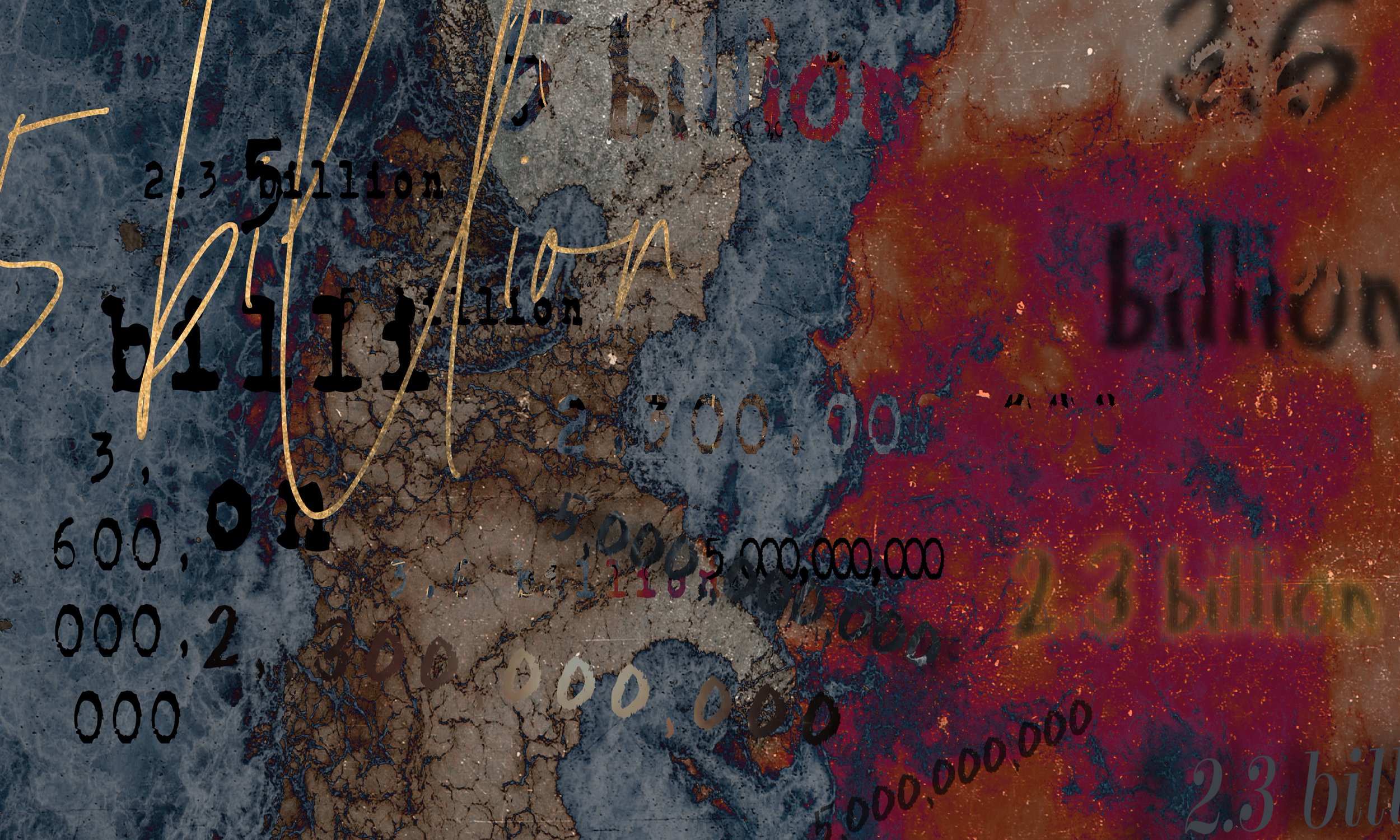
Global Water Resources Stressed

Impact of Electric Vehicles

Future Sources of Electricity
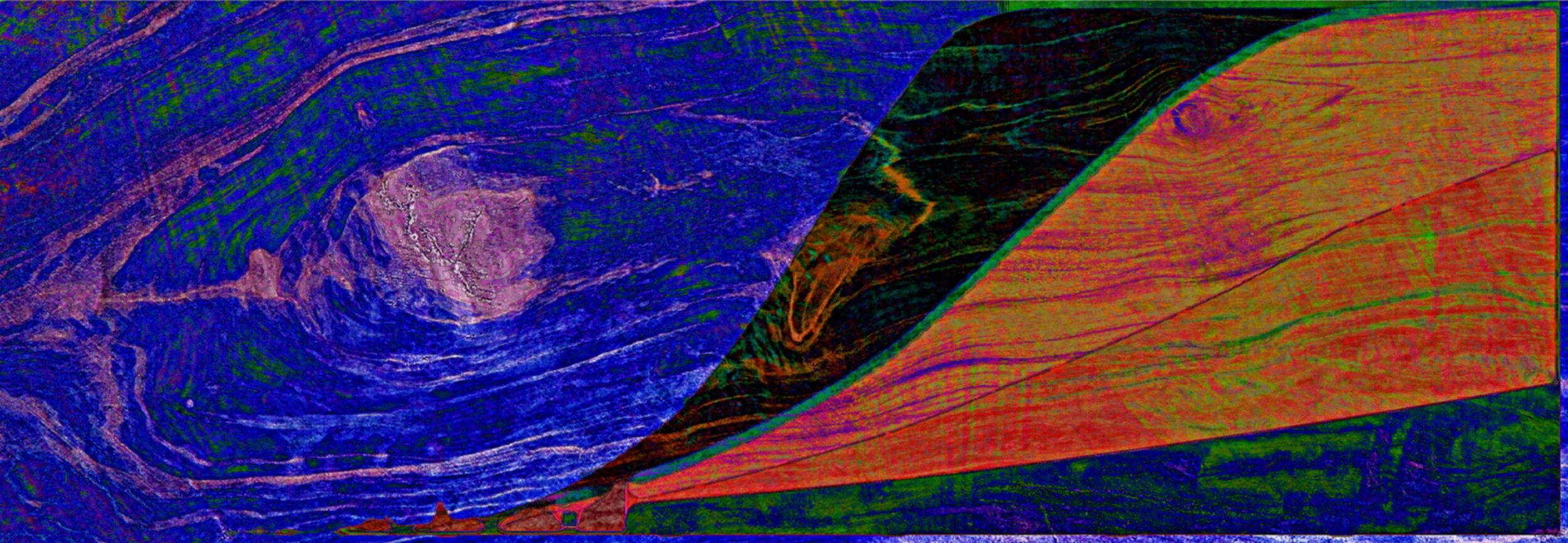
High-Tide Flooding

Increases in U.S. Precipitation
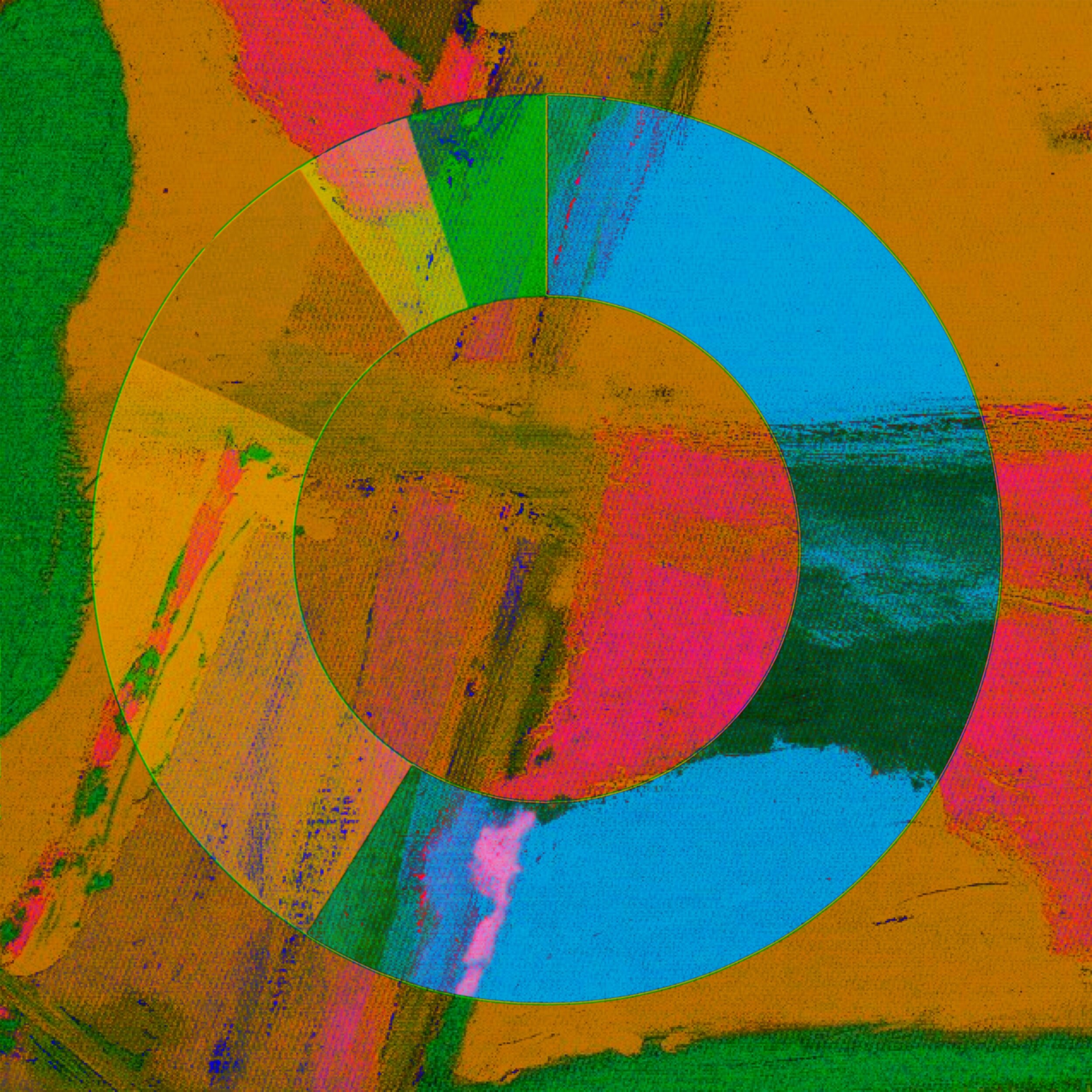
Breakdown of US Transportation GHG Emissions

Rethinking the Relationship between the Environment, the Economy and Society
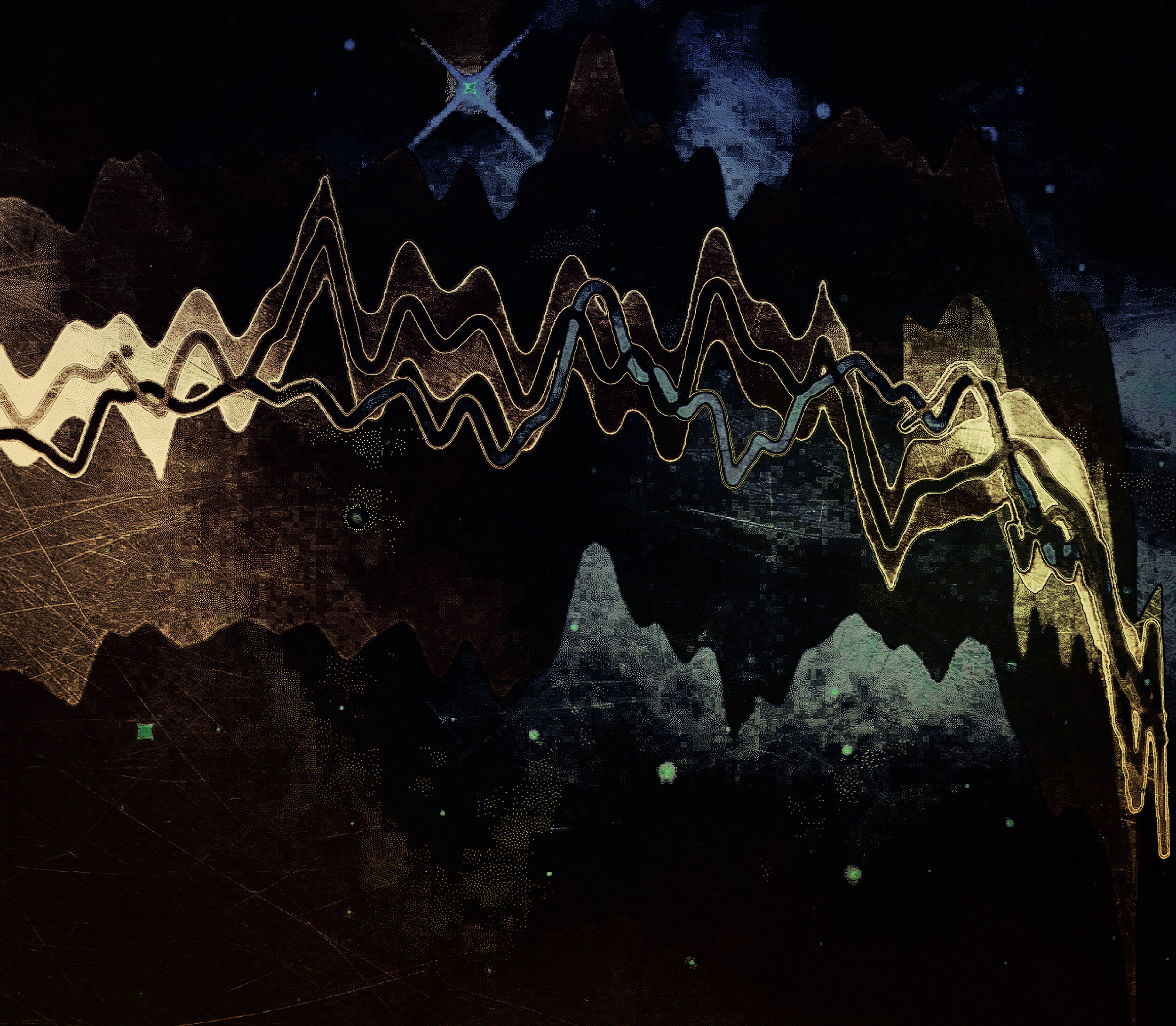
Weakening Atlantic Ocean Currents

Carbon Neutral Pathways
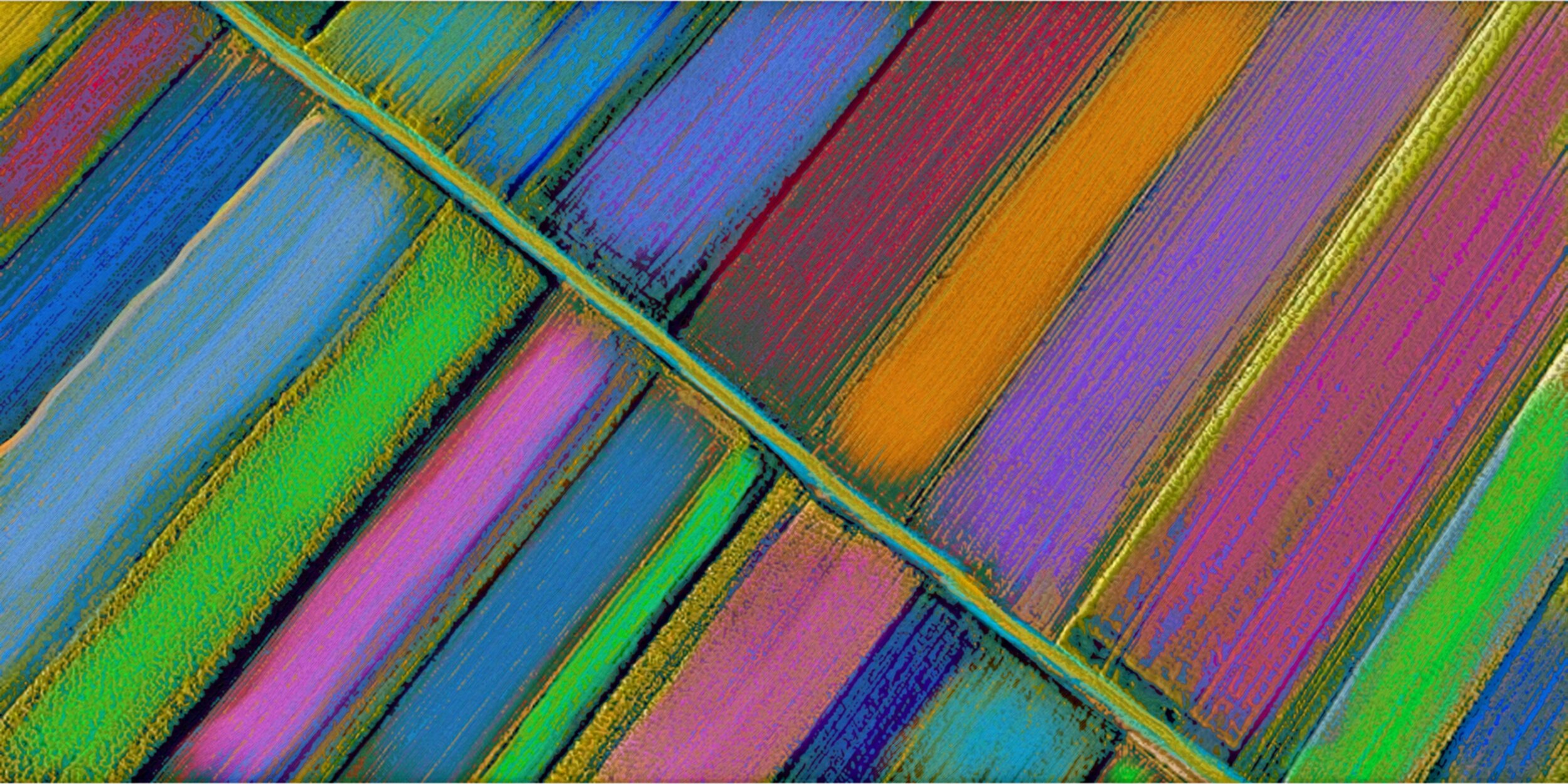
Sustainable Agriculture

Spending to Carbon Neutrality
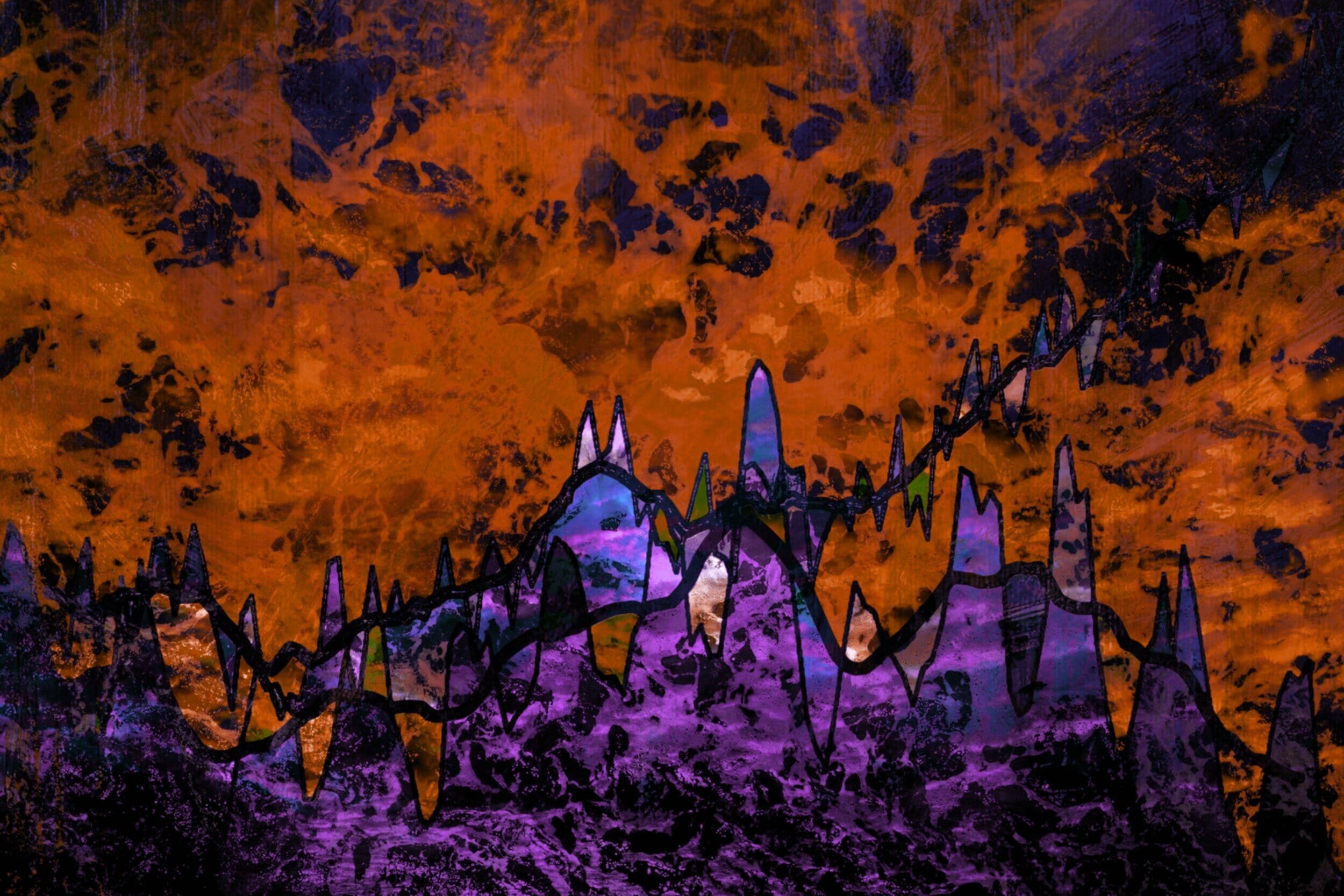
Global Warming - Man or Nature?
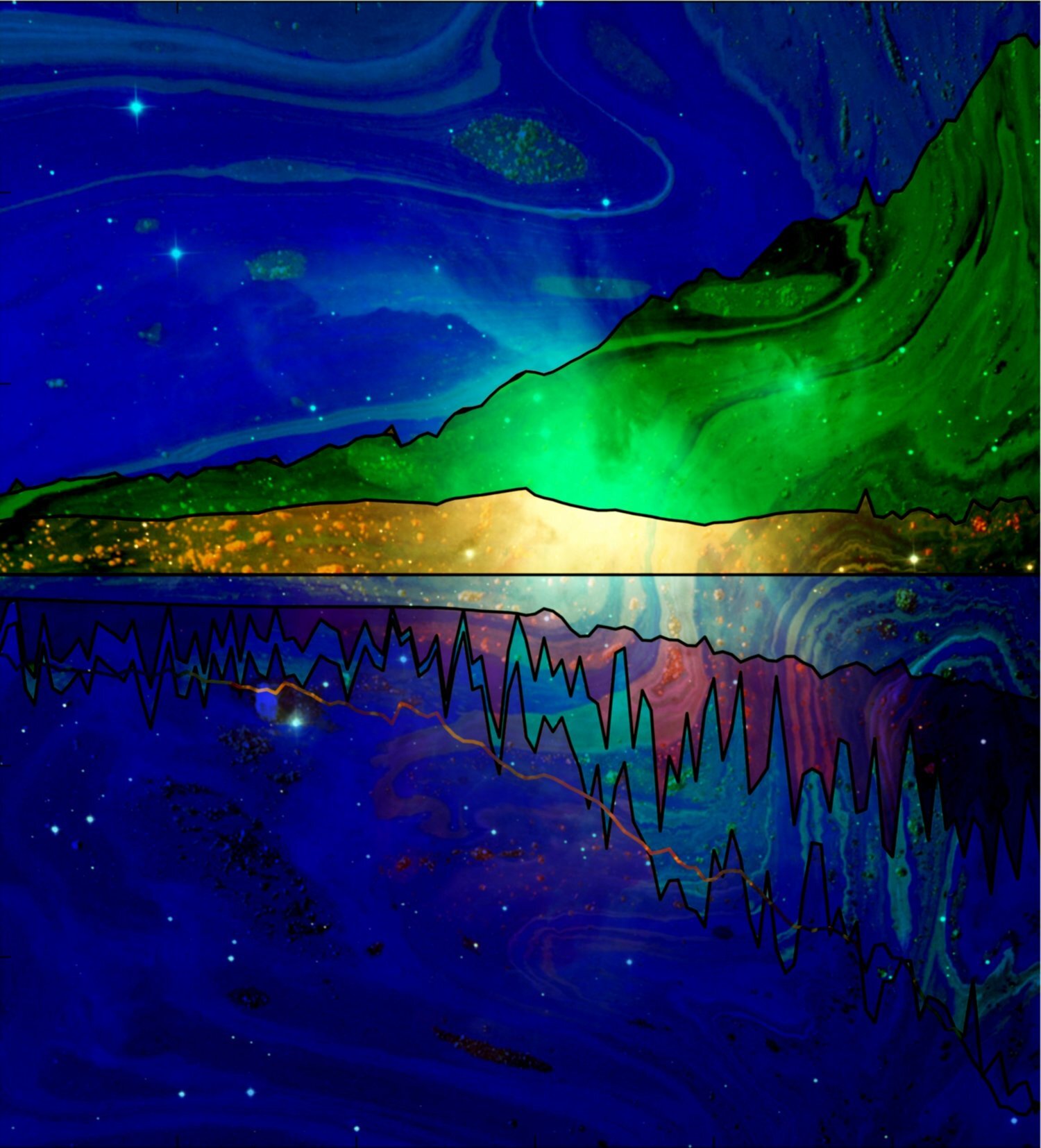
Sources and Sinks

Greenhouse Gas Index
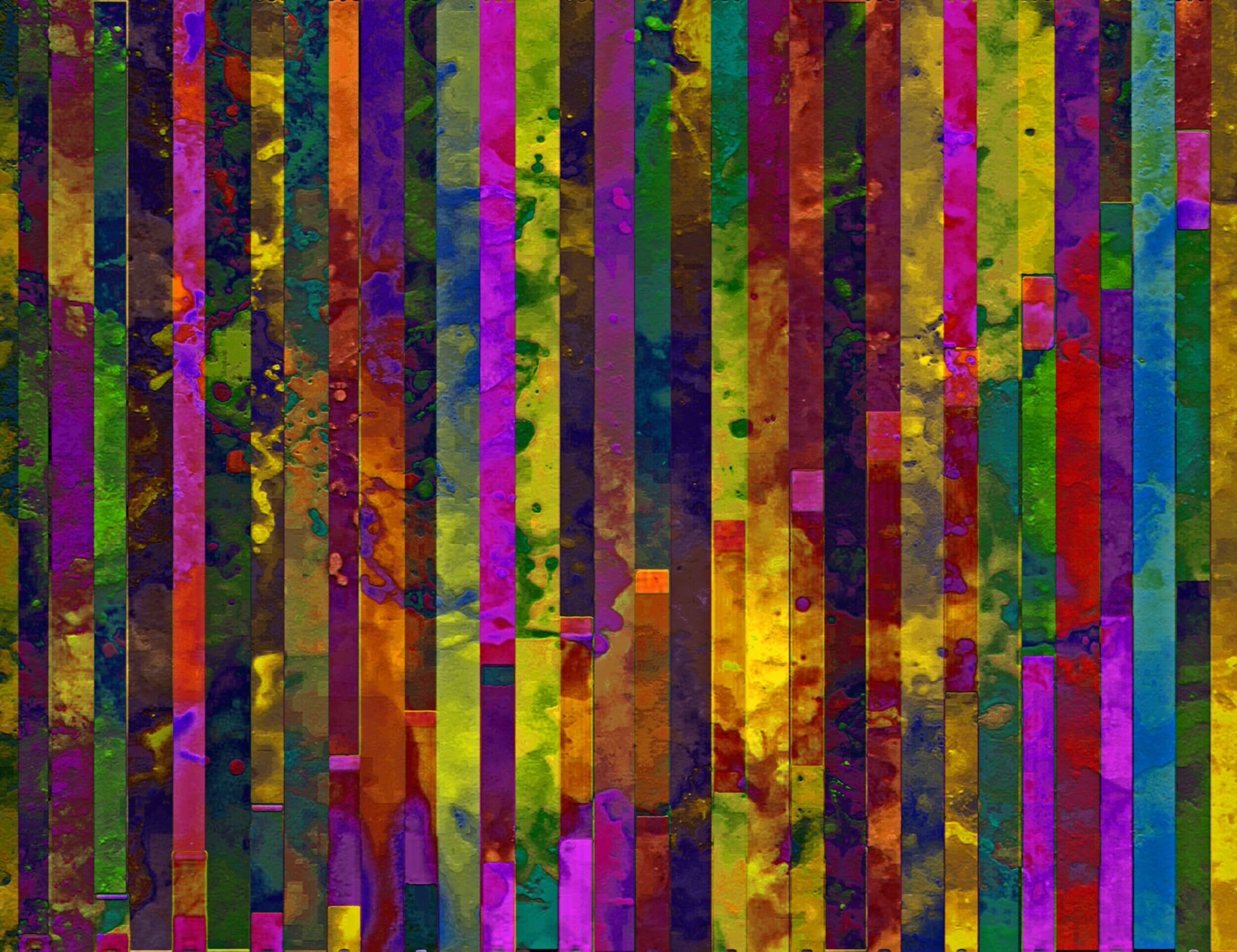
Scaling Up Renewables is Feasible
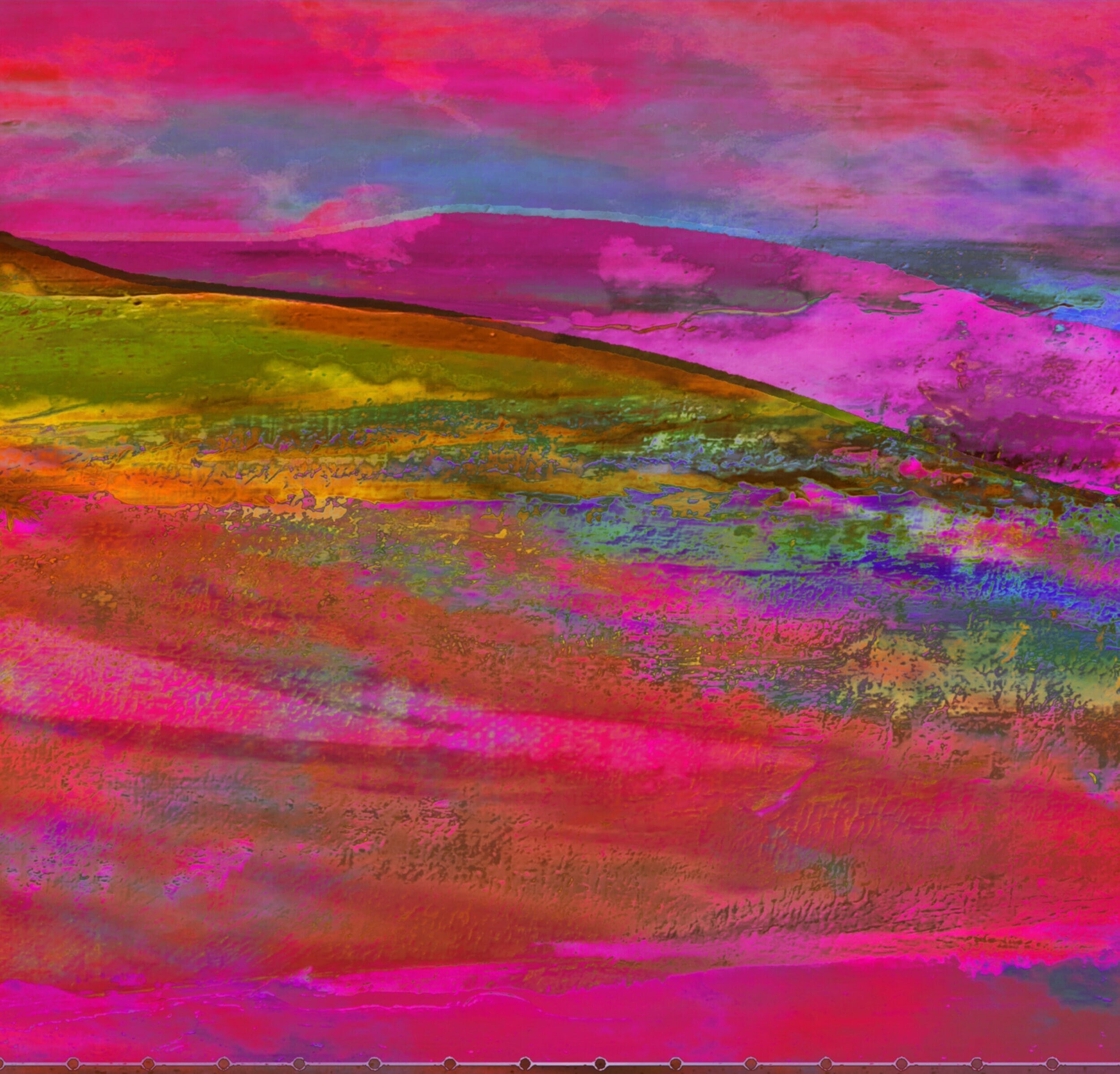
Clean Electricity Costs
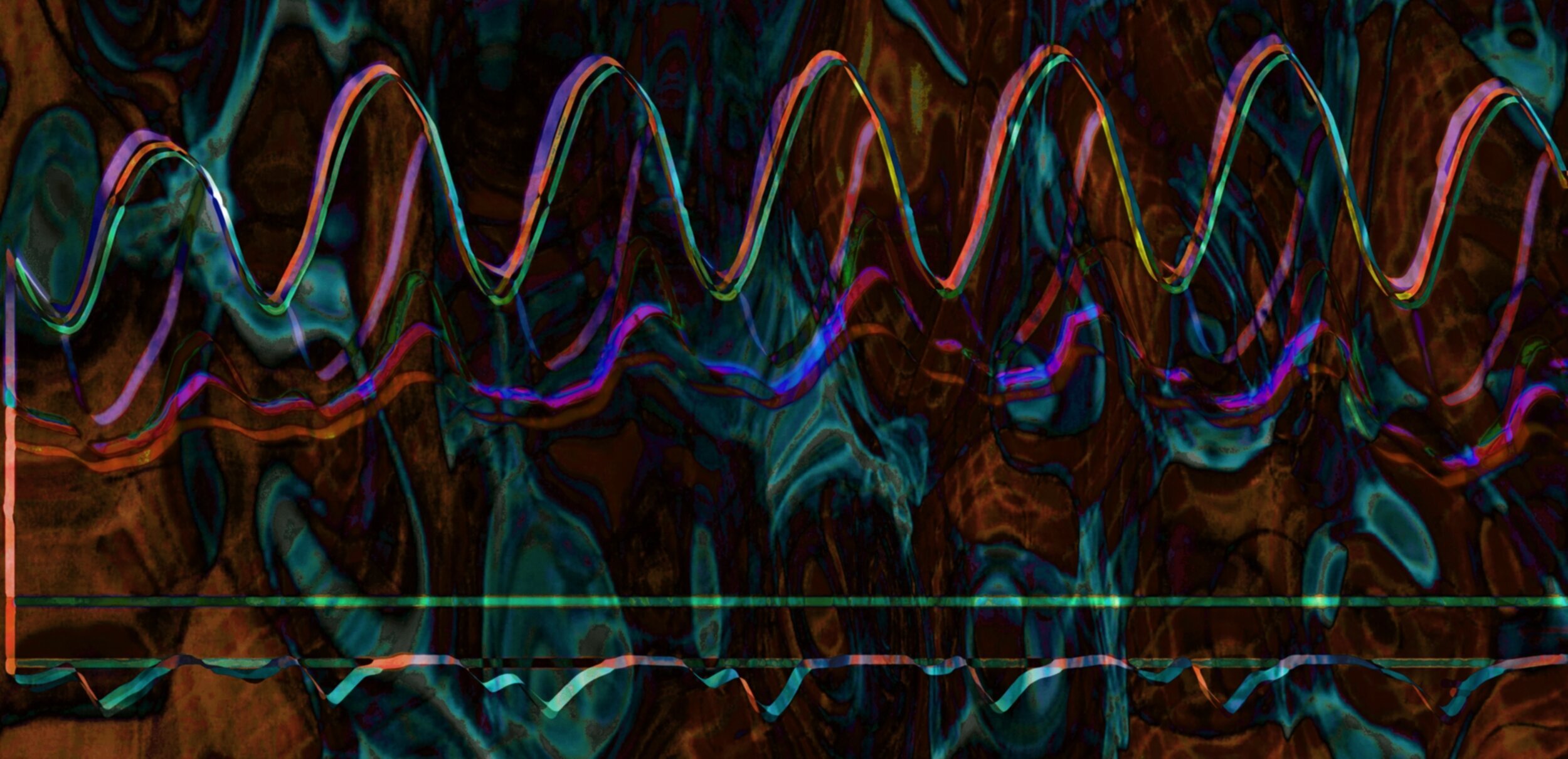
Clean Energy Meets Peak Demand
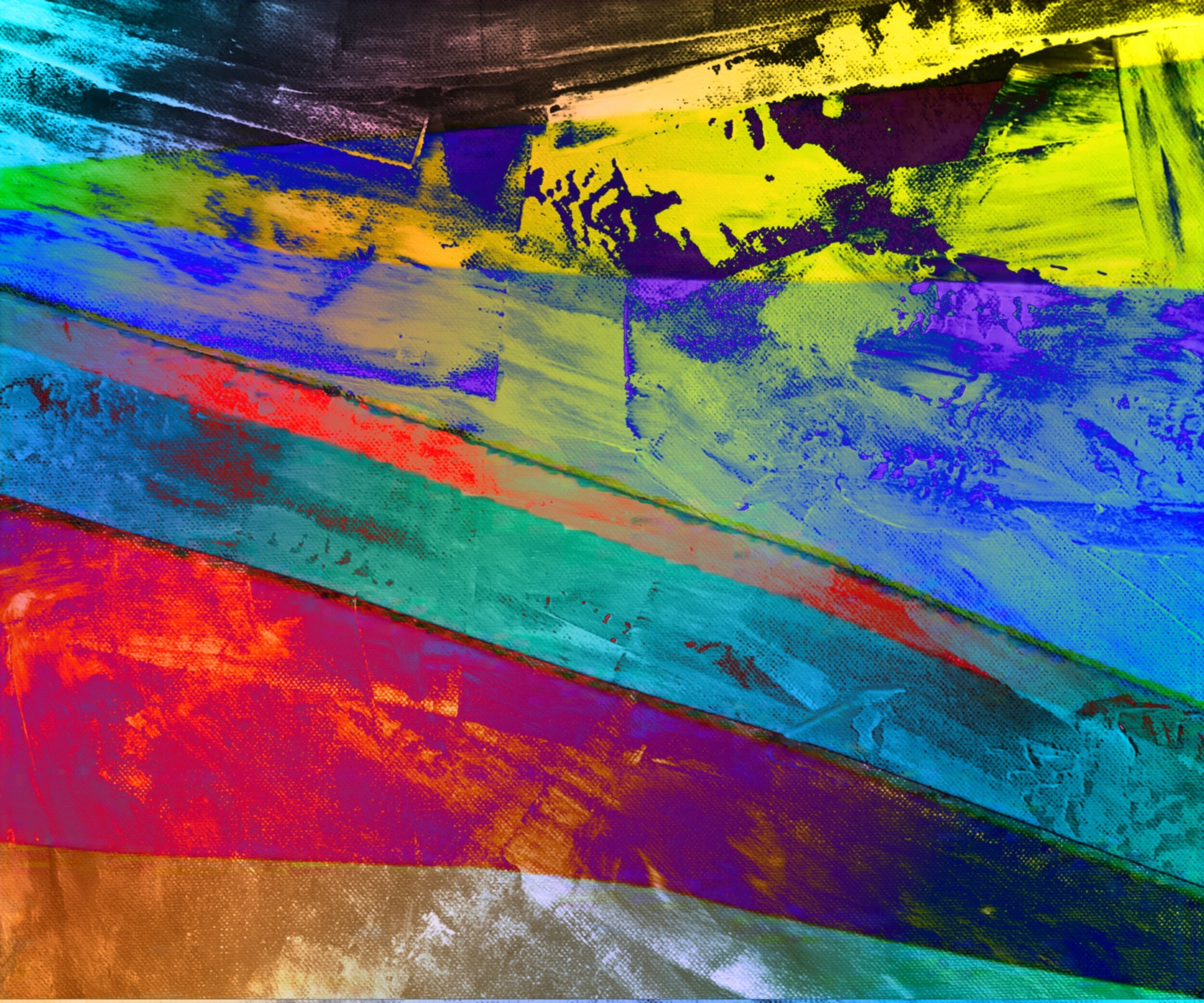
Electricity Generation - 90% Clean vs. No New Policy
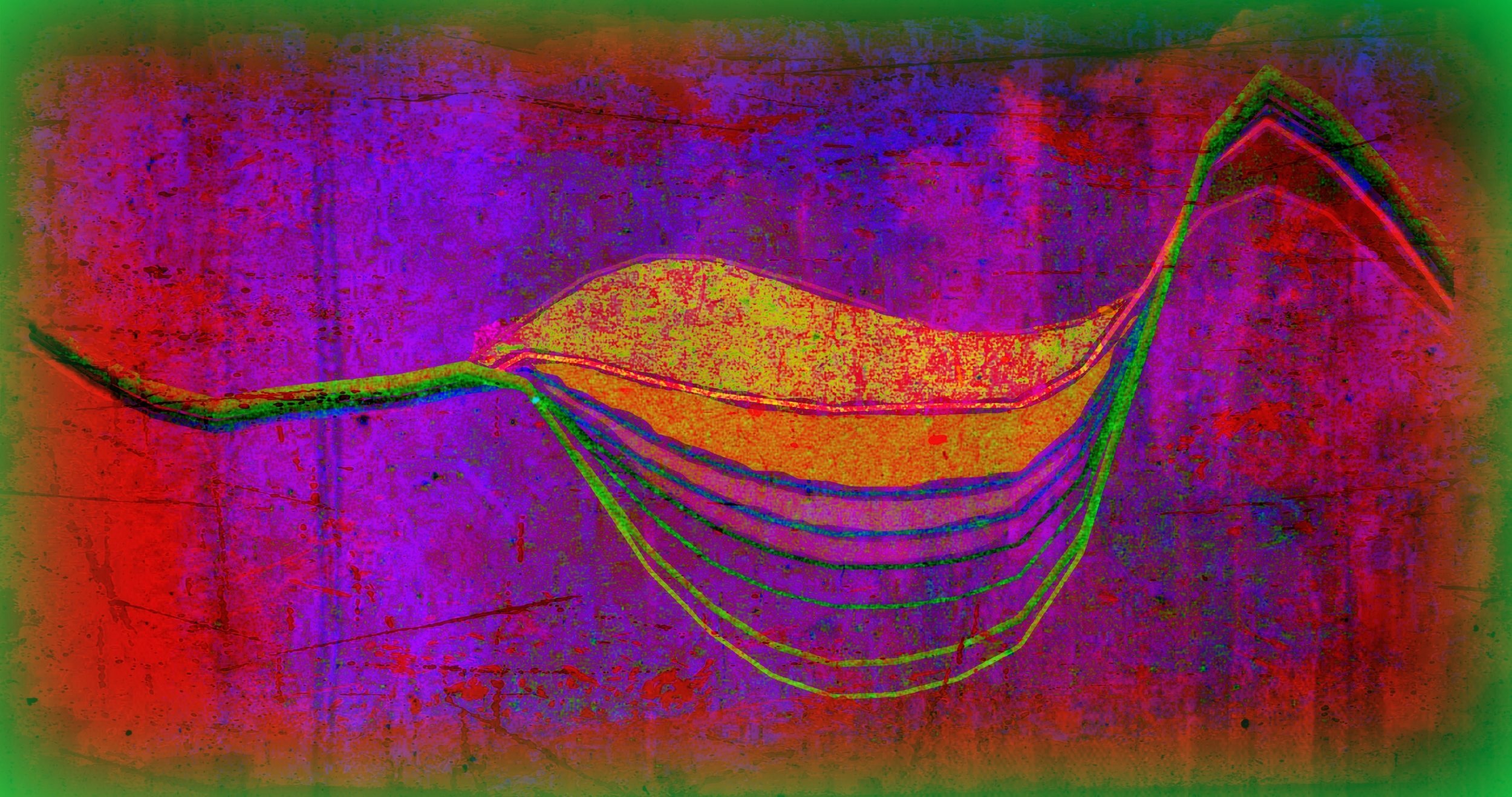
The Duck Chart

The Future of Cooling

Desertification and Land Degredation
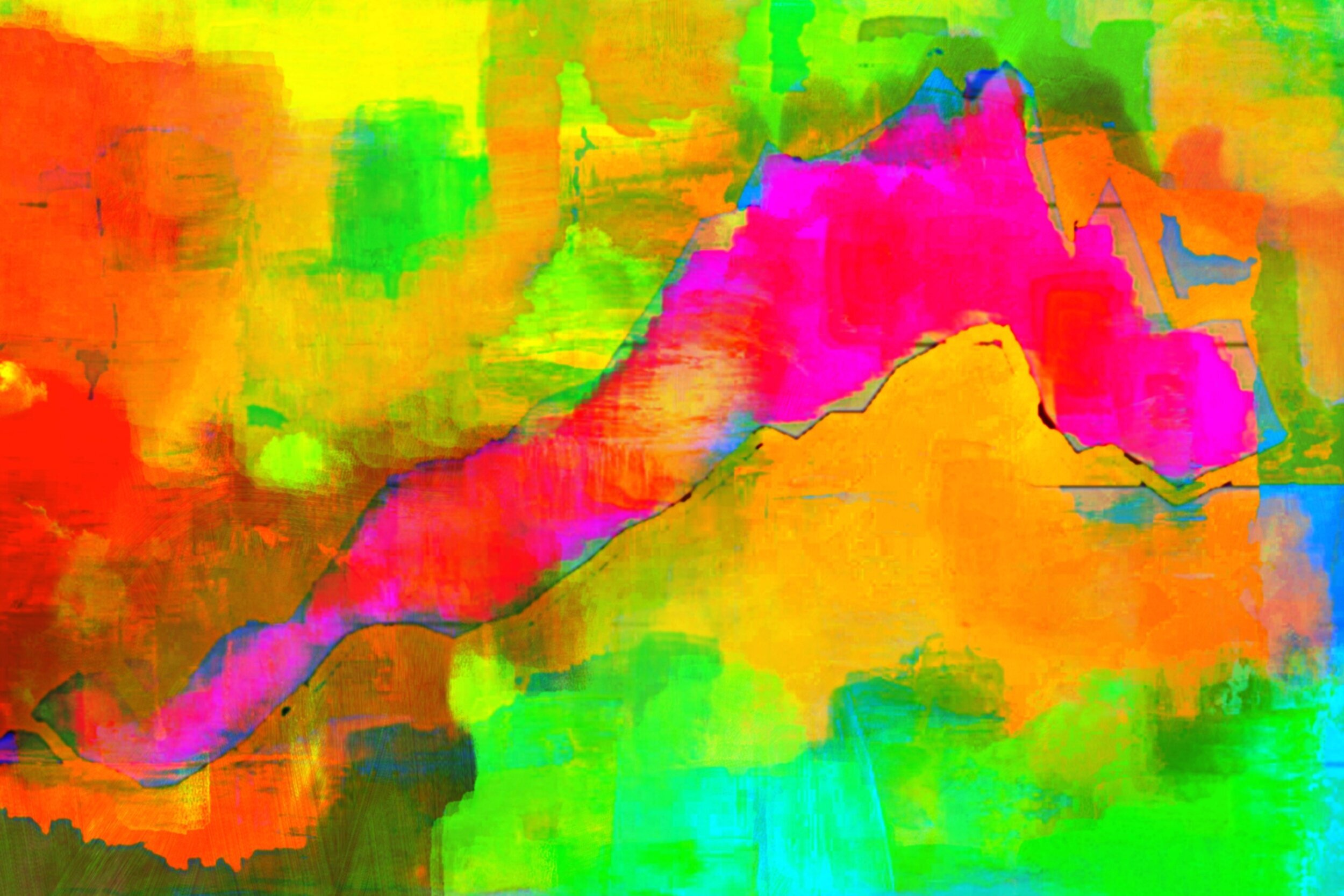
Transportation - Biggest U.S. Emitter
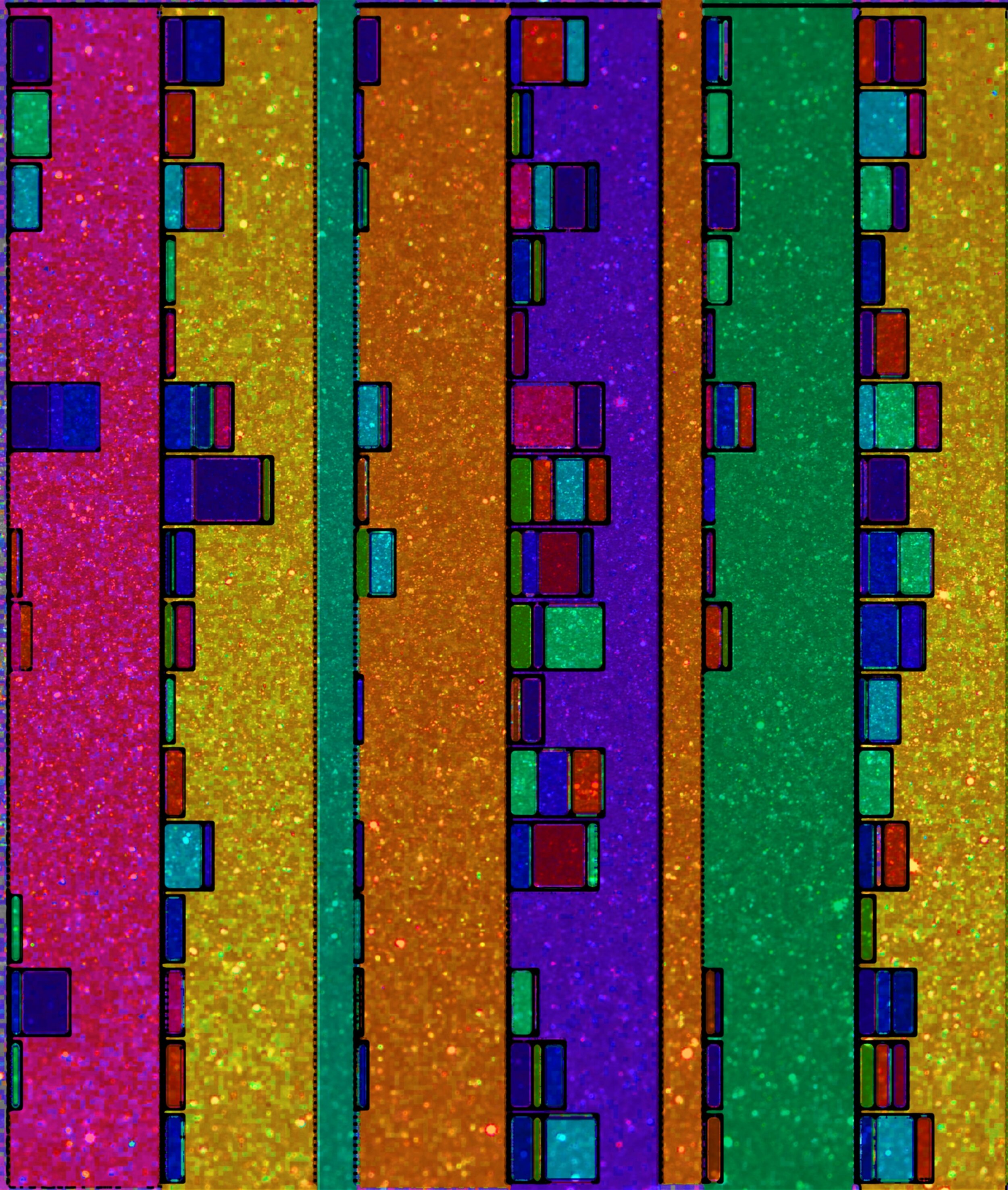
Climate Change Mitigation and Unsustainability Goals
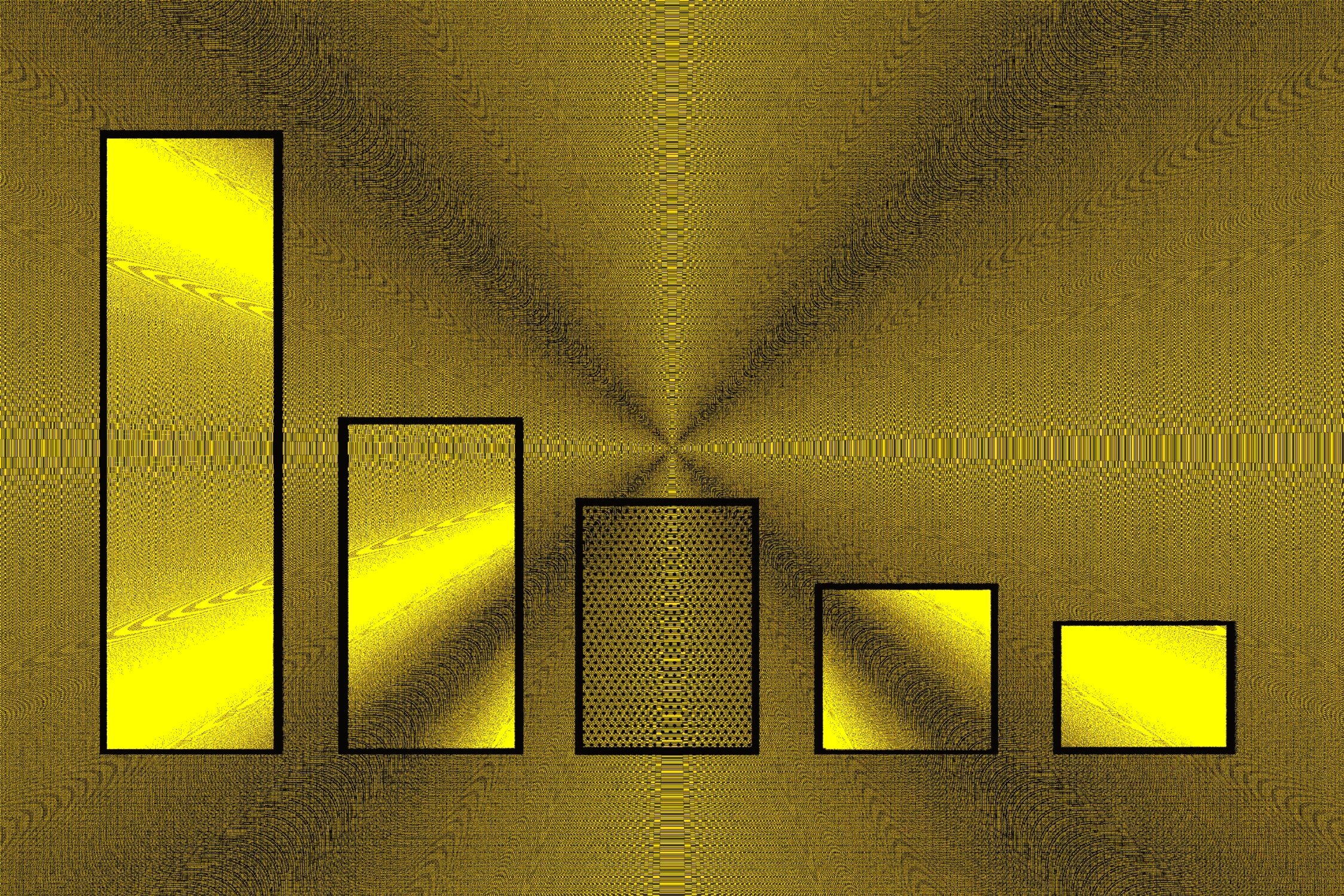
Wasted Food

Buy-Throw-Away-Buy

Pathways for Reducing Emissions
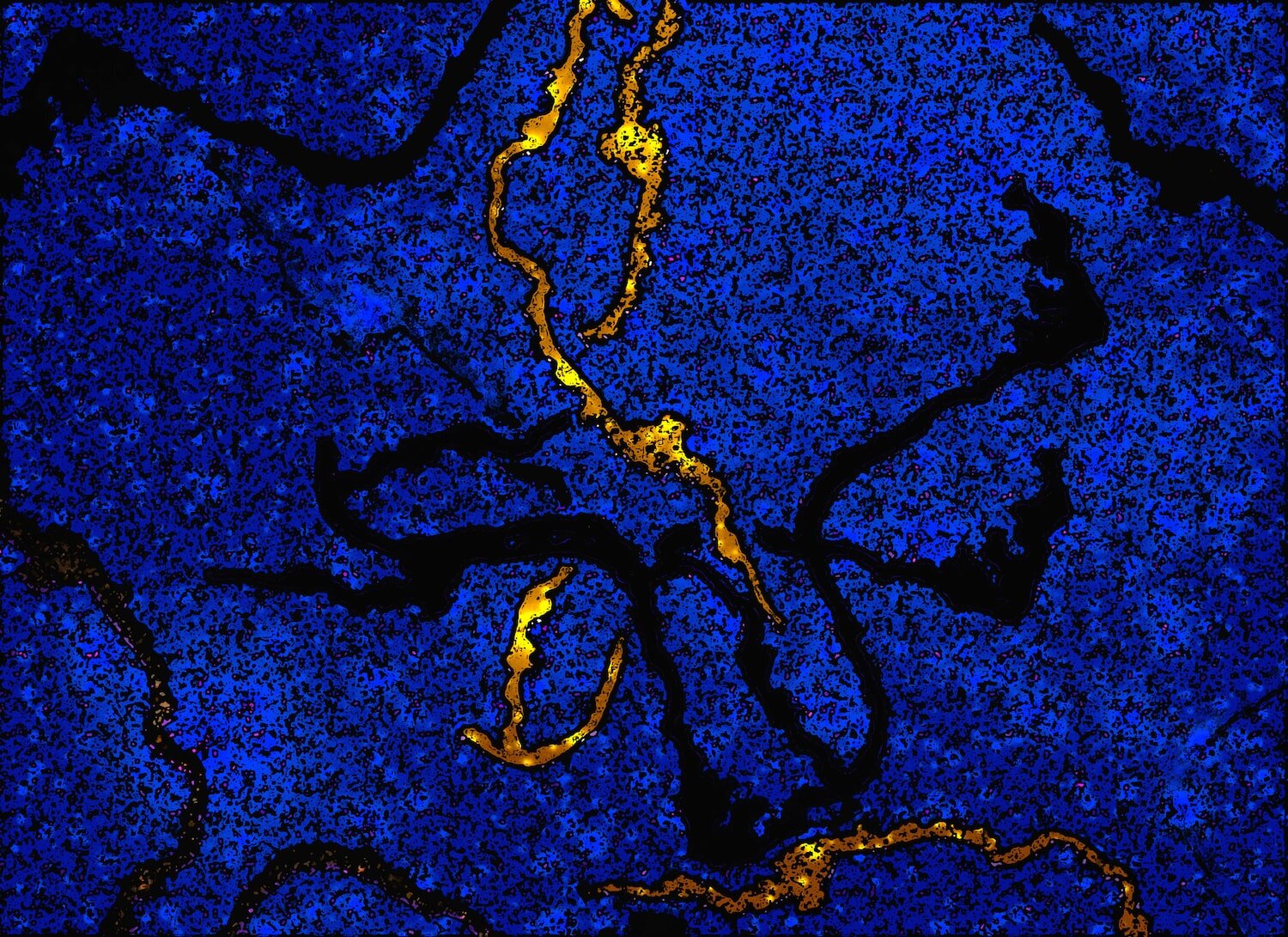
Cities Vulnerable to Sea Level Rise
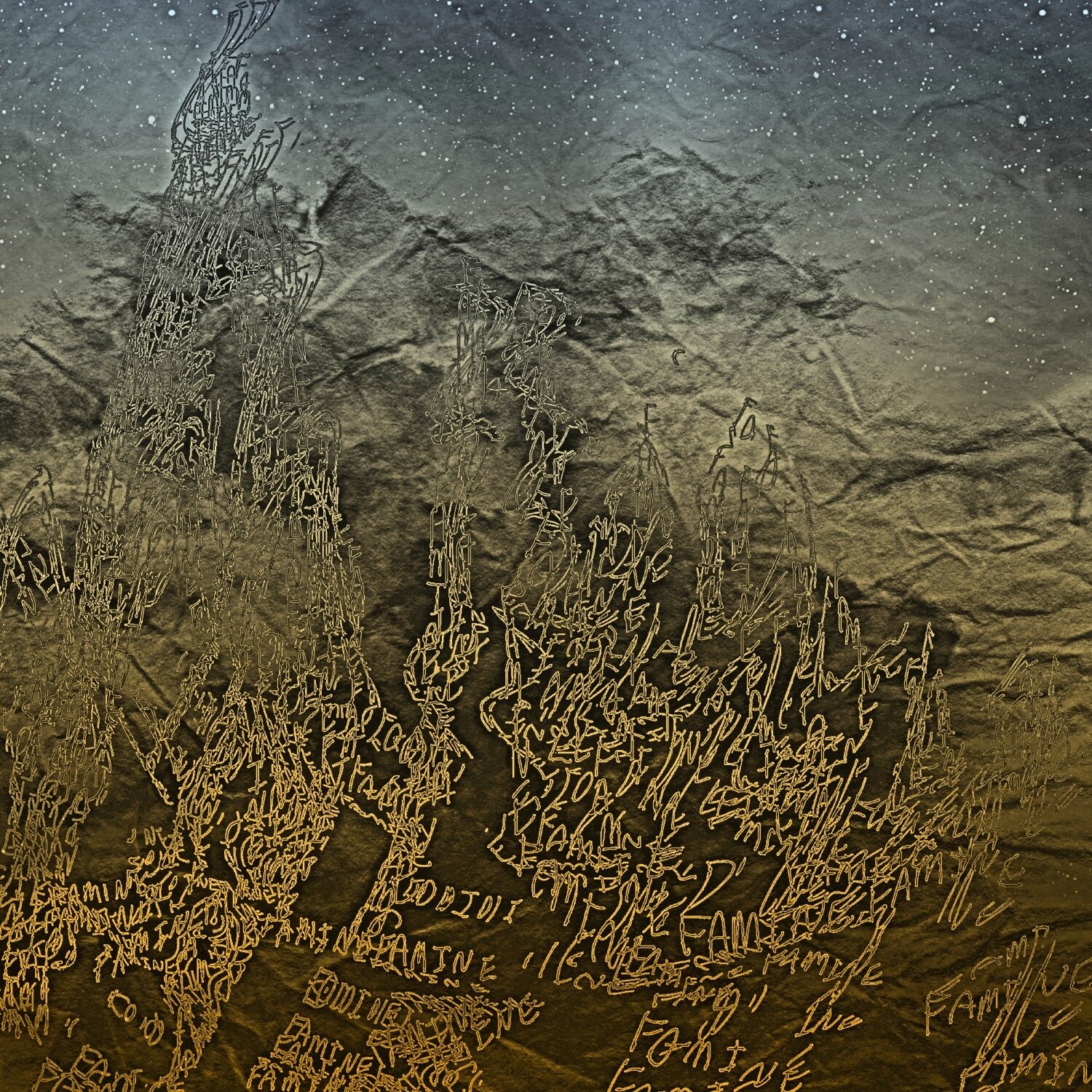
Famine
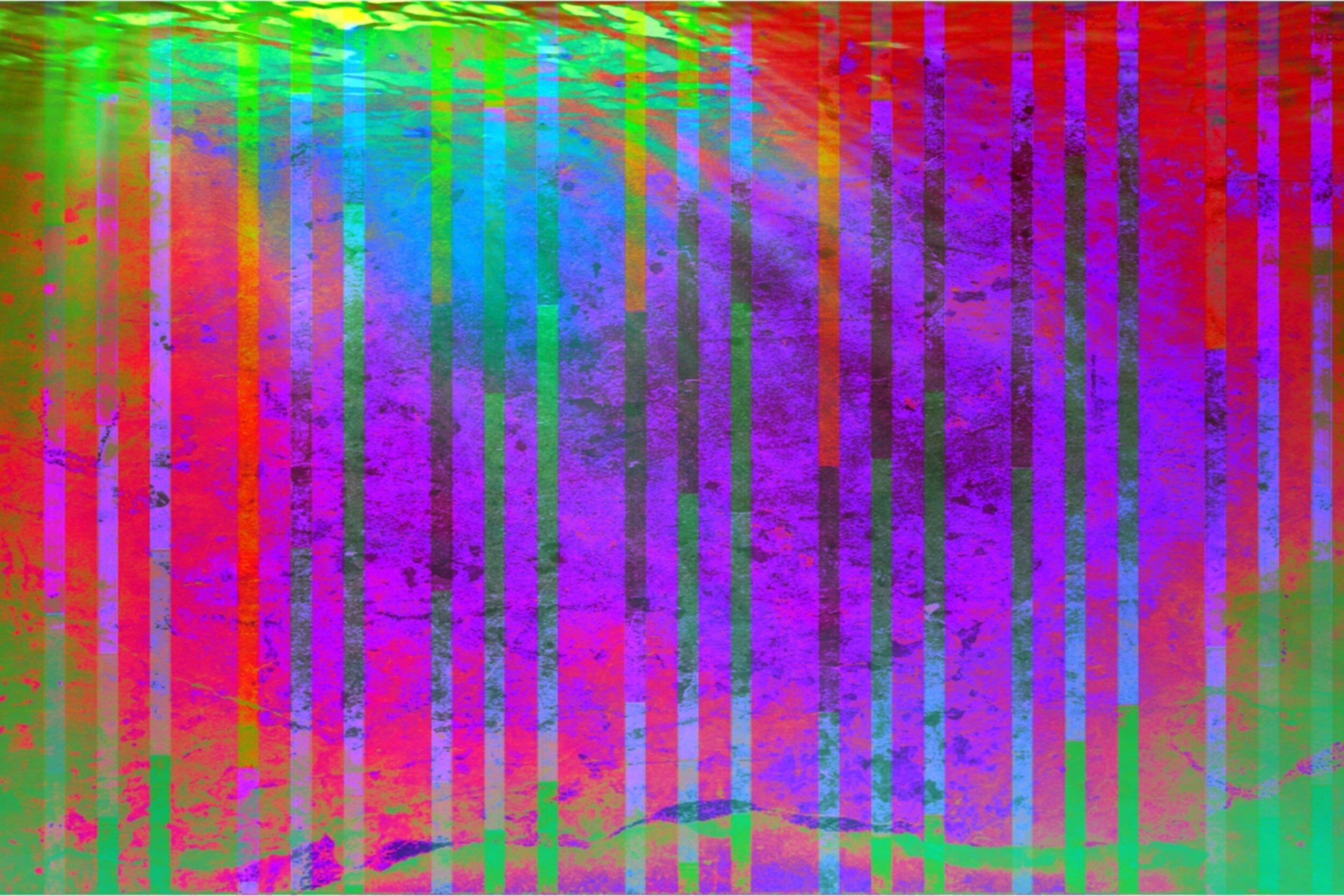
Coral Reefs at Risk

Conflict
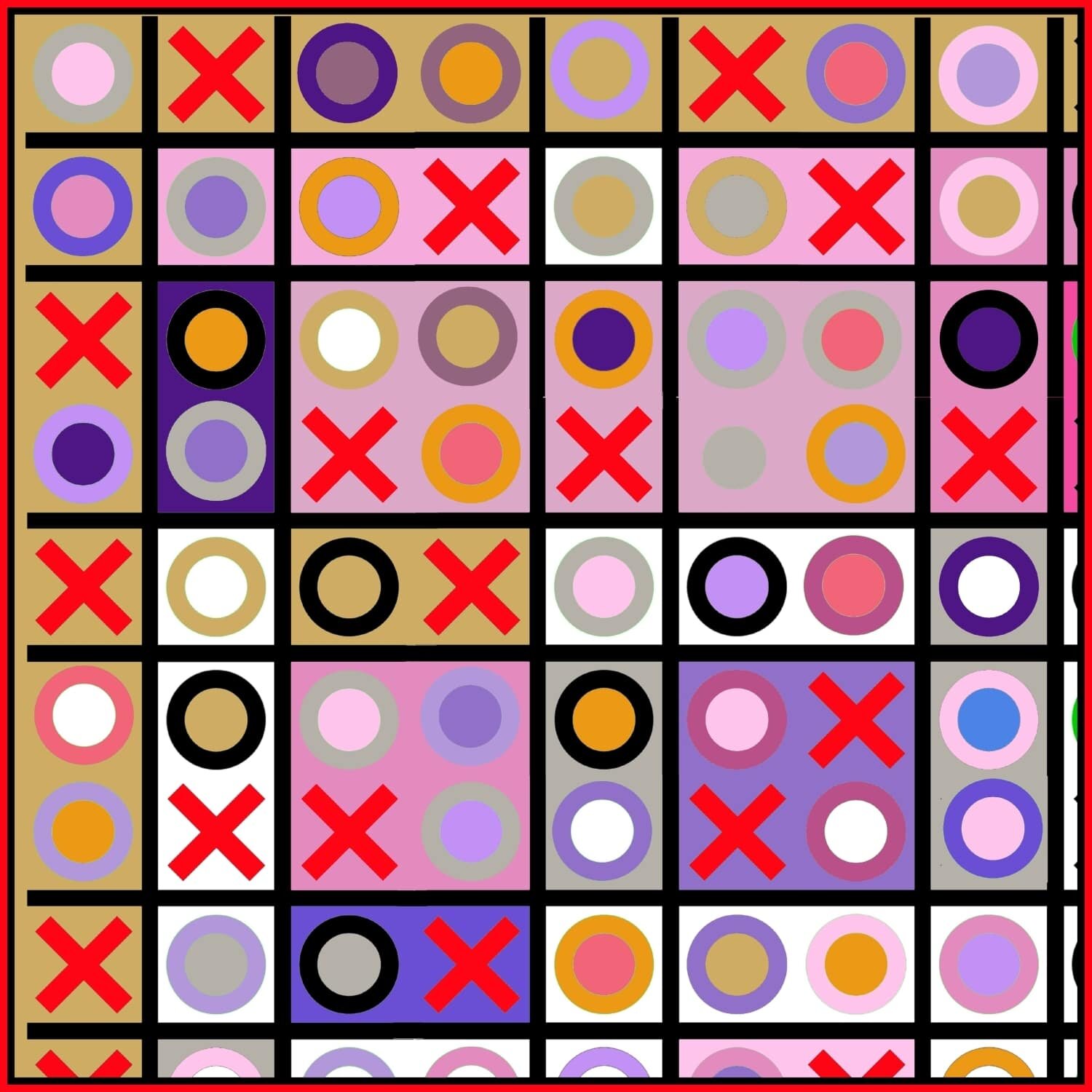
1 Out of 4 (Extinction)

The Inequity of Climate Change
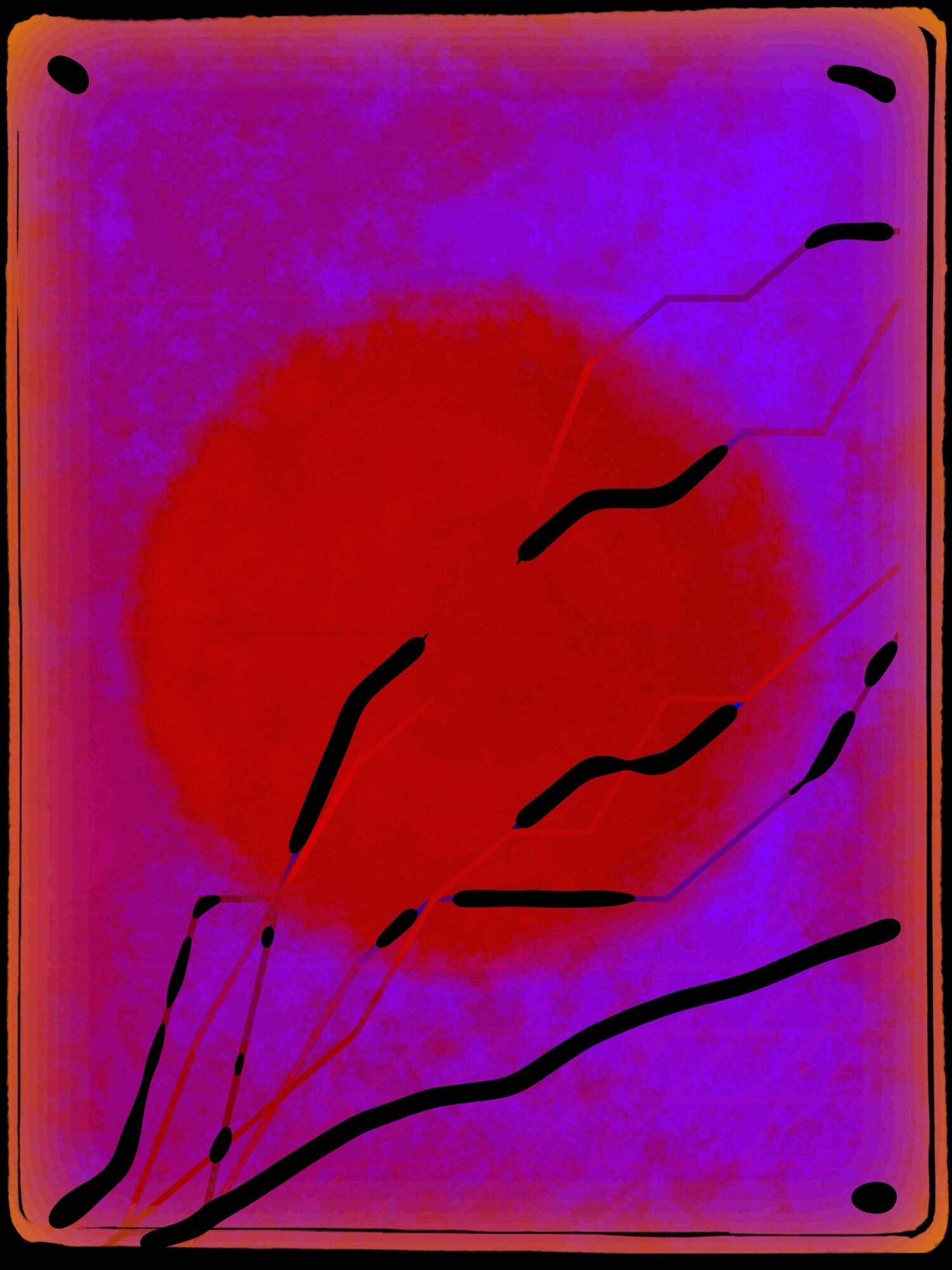
Billion-Dollar Natural Disaster Event Frequency - US
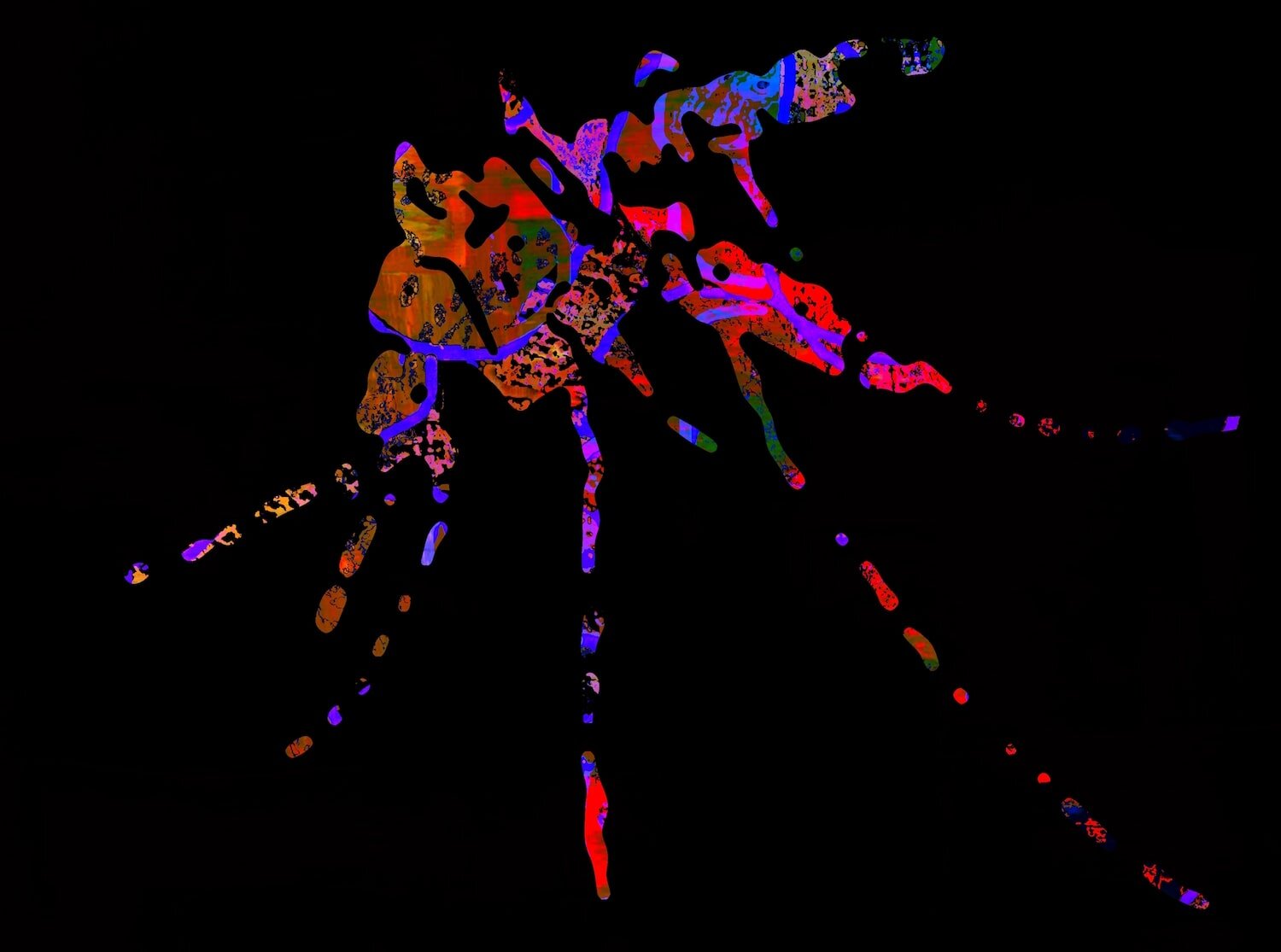
Vector-Borne Diseases
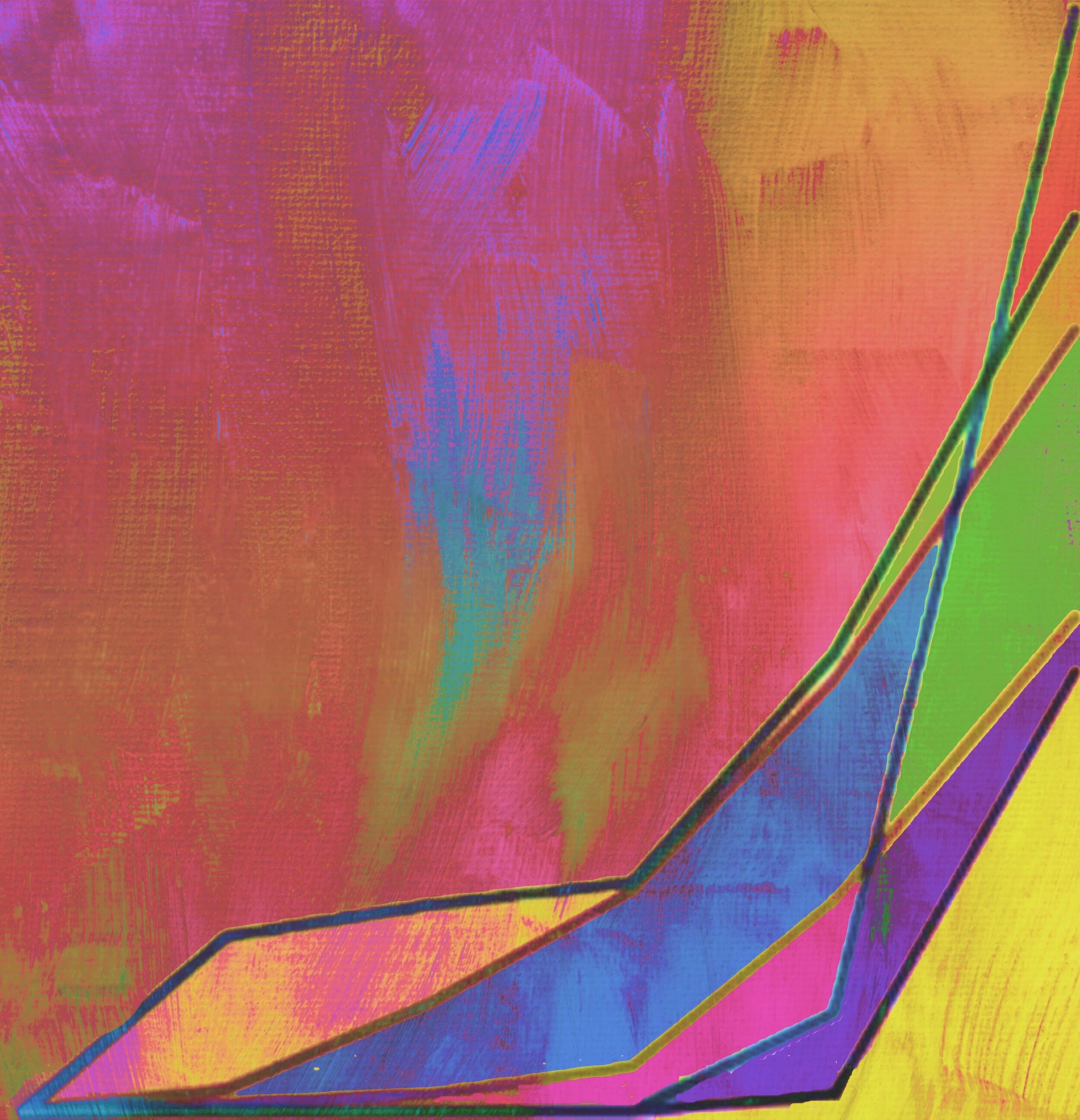
Trends in Extinction from Climate Change
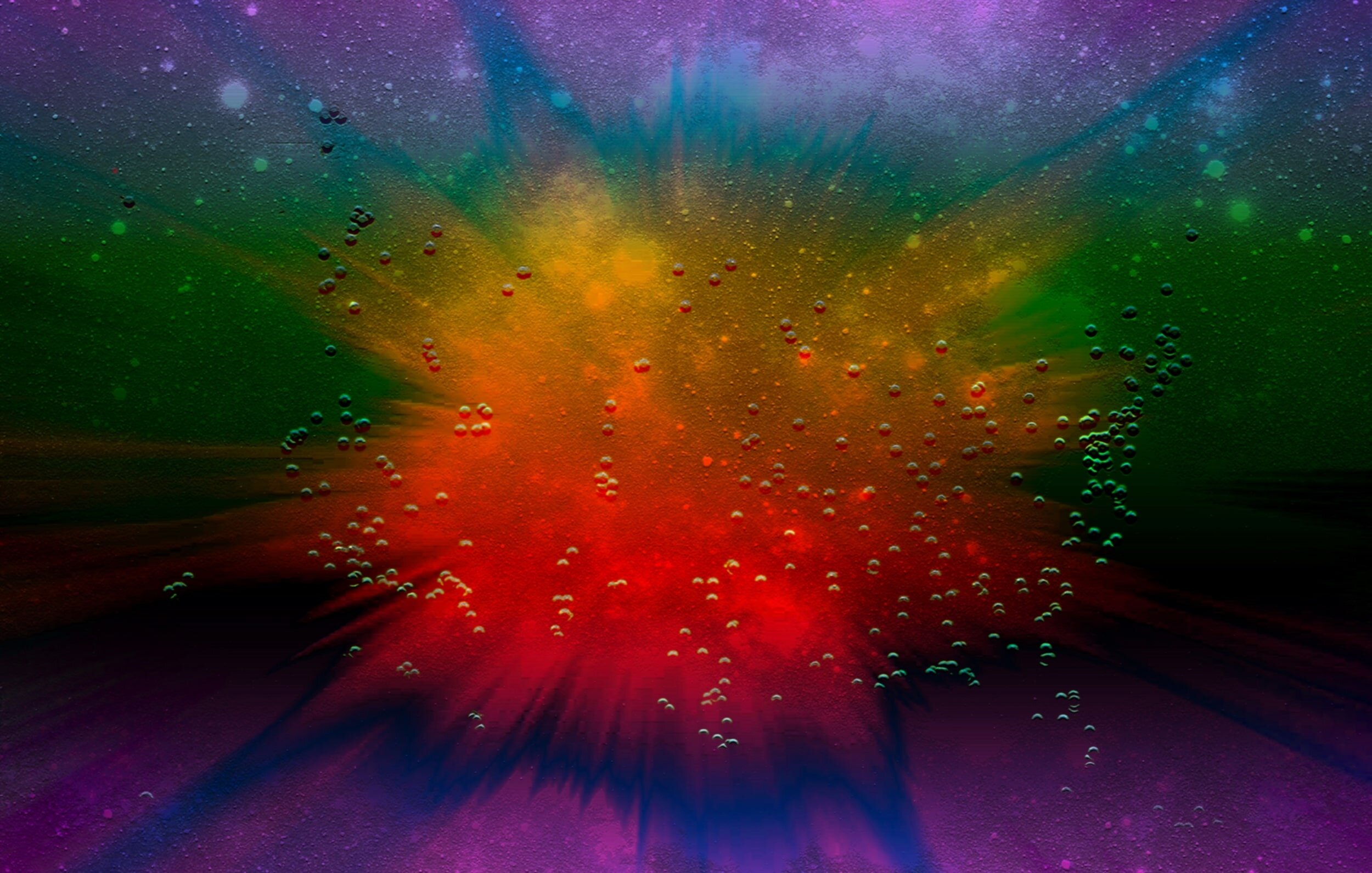
Military Asset At Risk
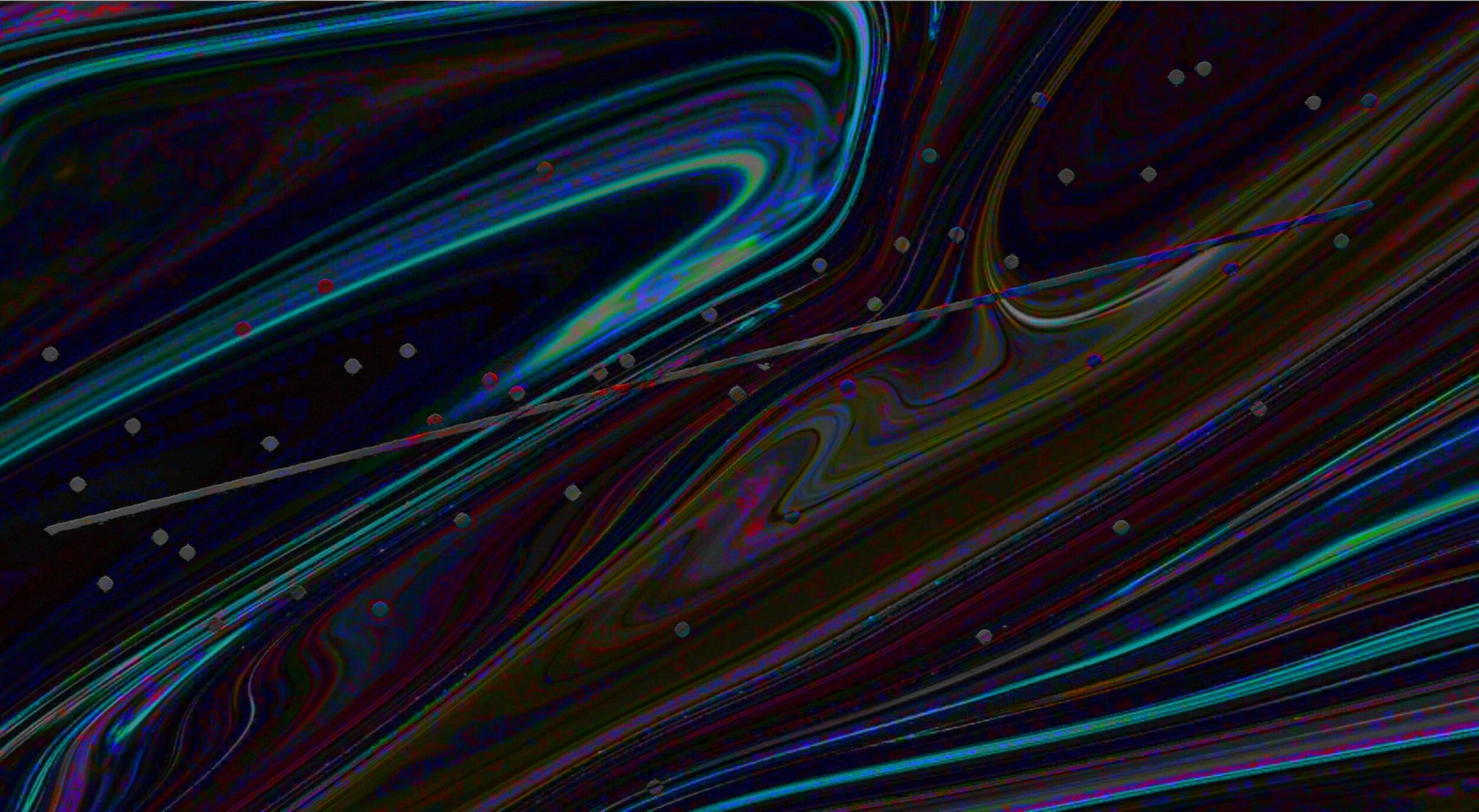
Summers are Getting Hotter
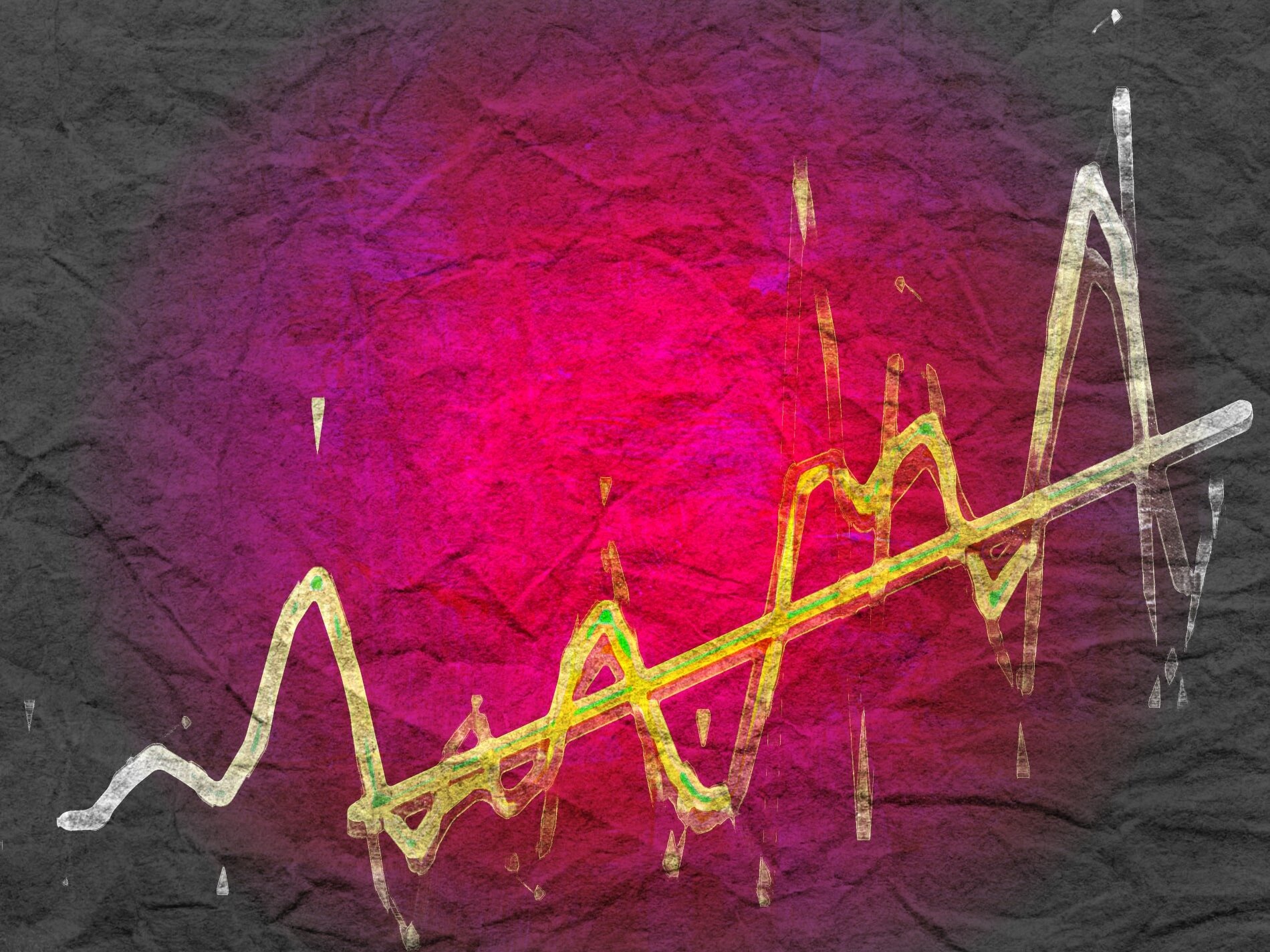
Trends in Strength of Hurricanes

Mortality Consequences of Climate Change
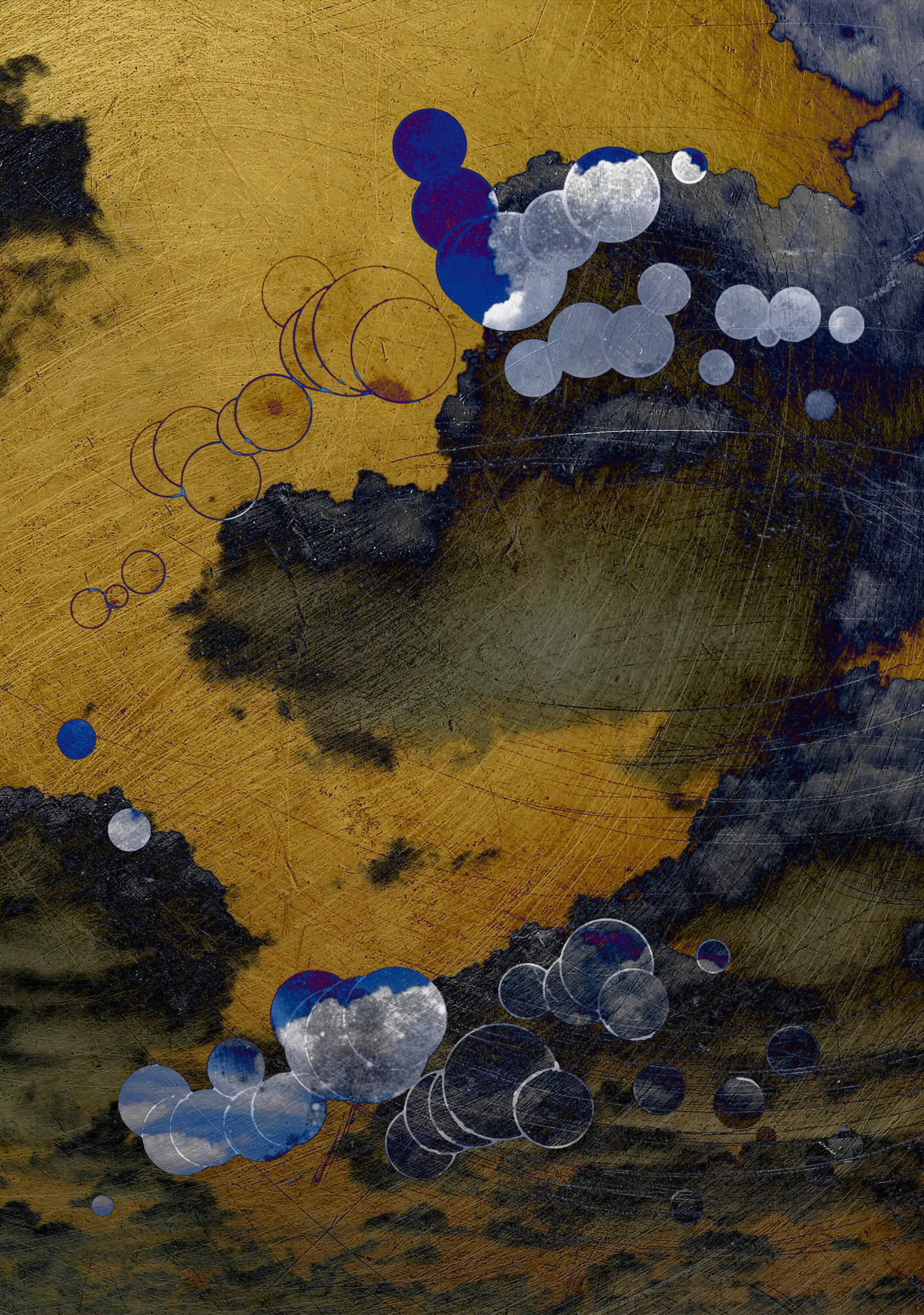
Fossil Fuels, Pollution and Human Health

Climate Refugees

Land Desertification and Degredation
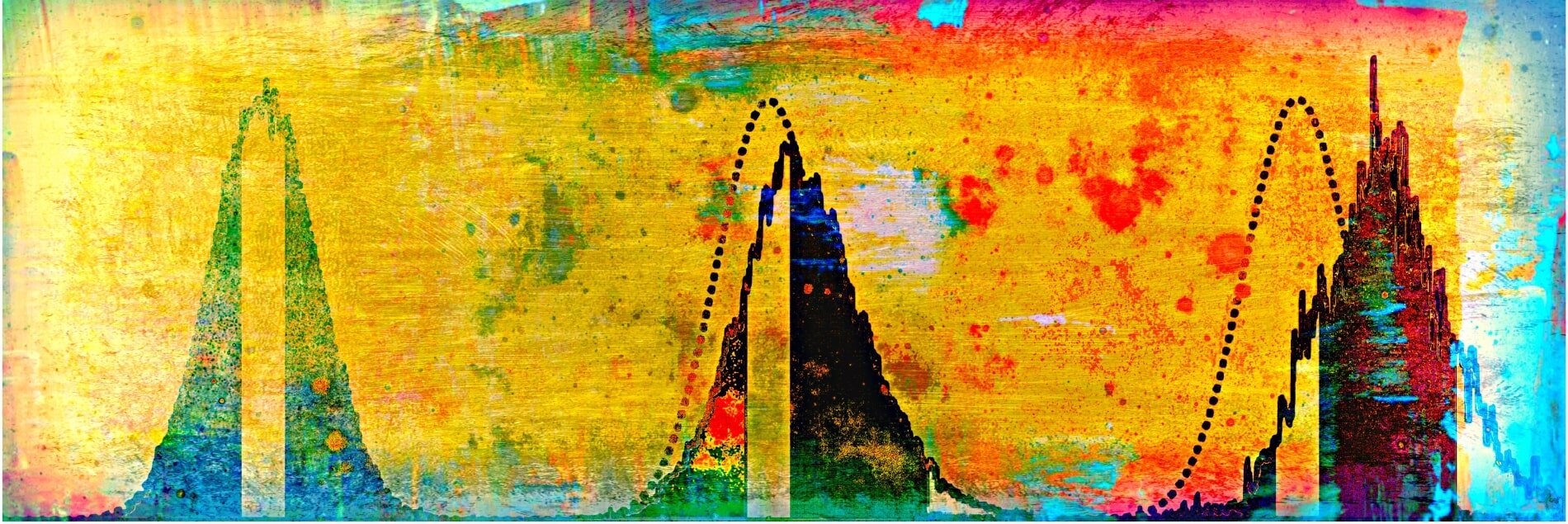
Hotter Summers
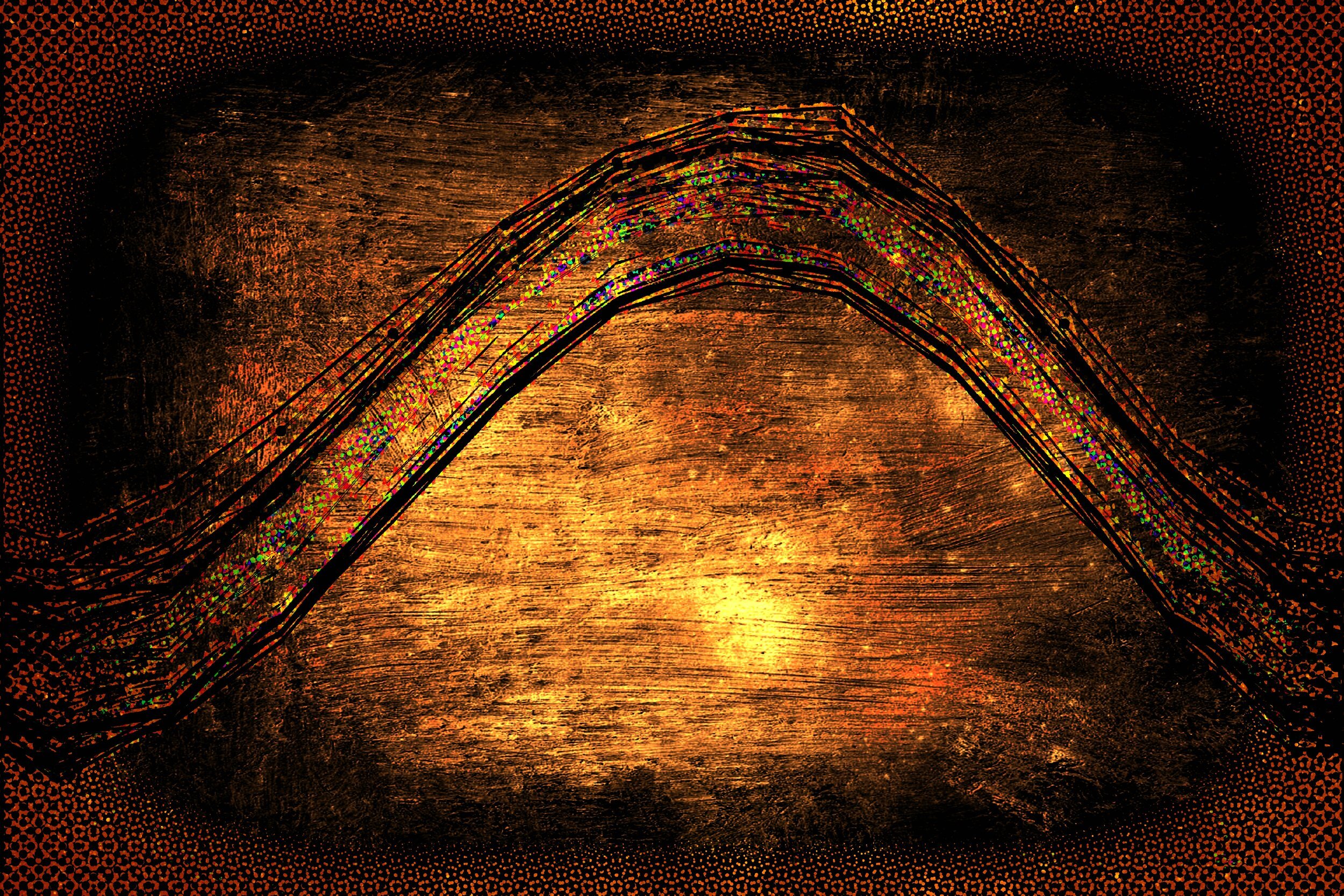
Global Seasonal Temperature Cycles

Heat

Great Lakes Ice Cover Decline
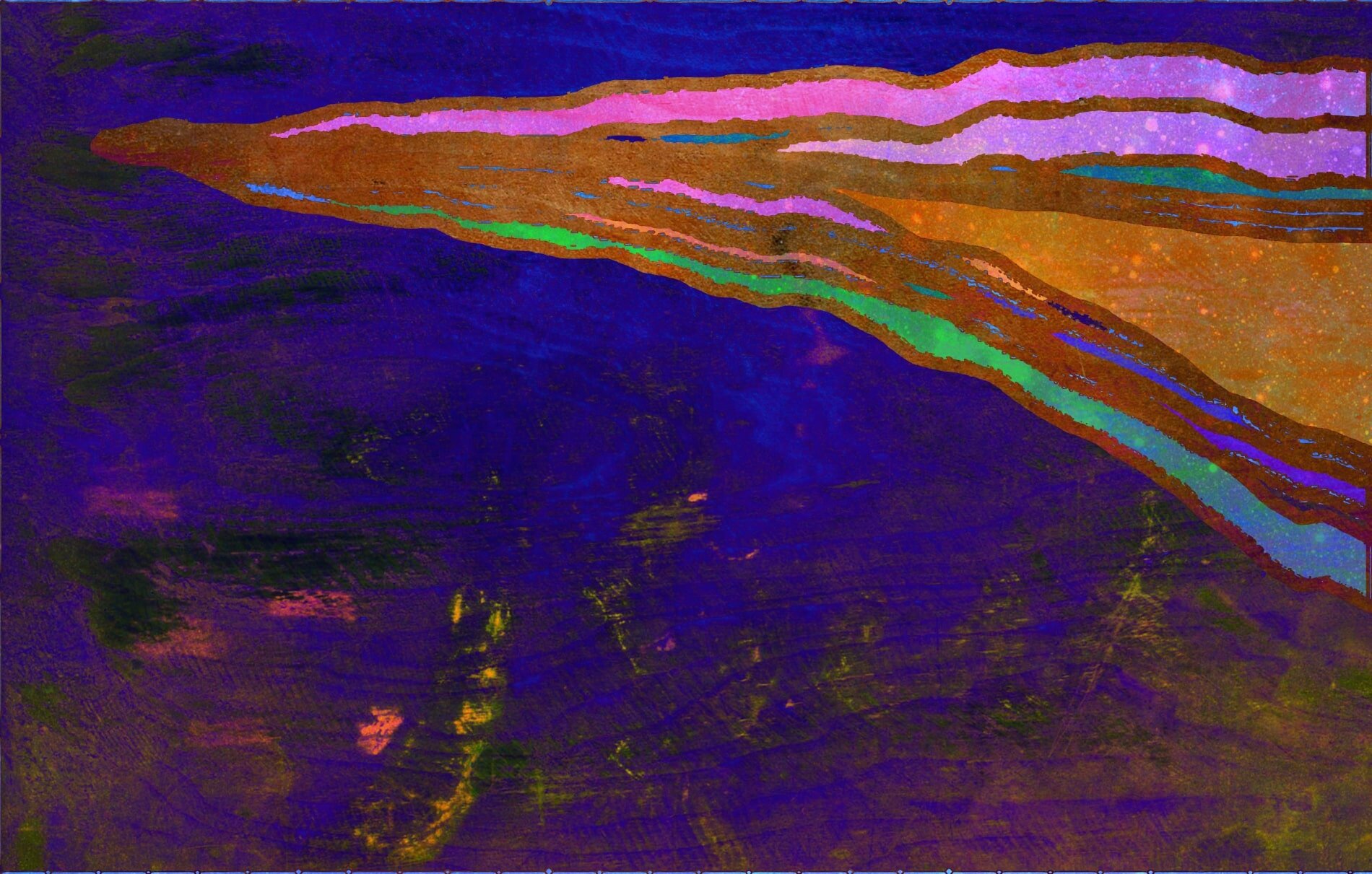
Antarctica Ice Melt
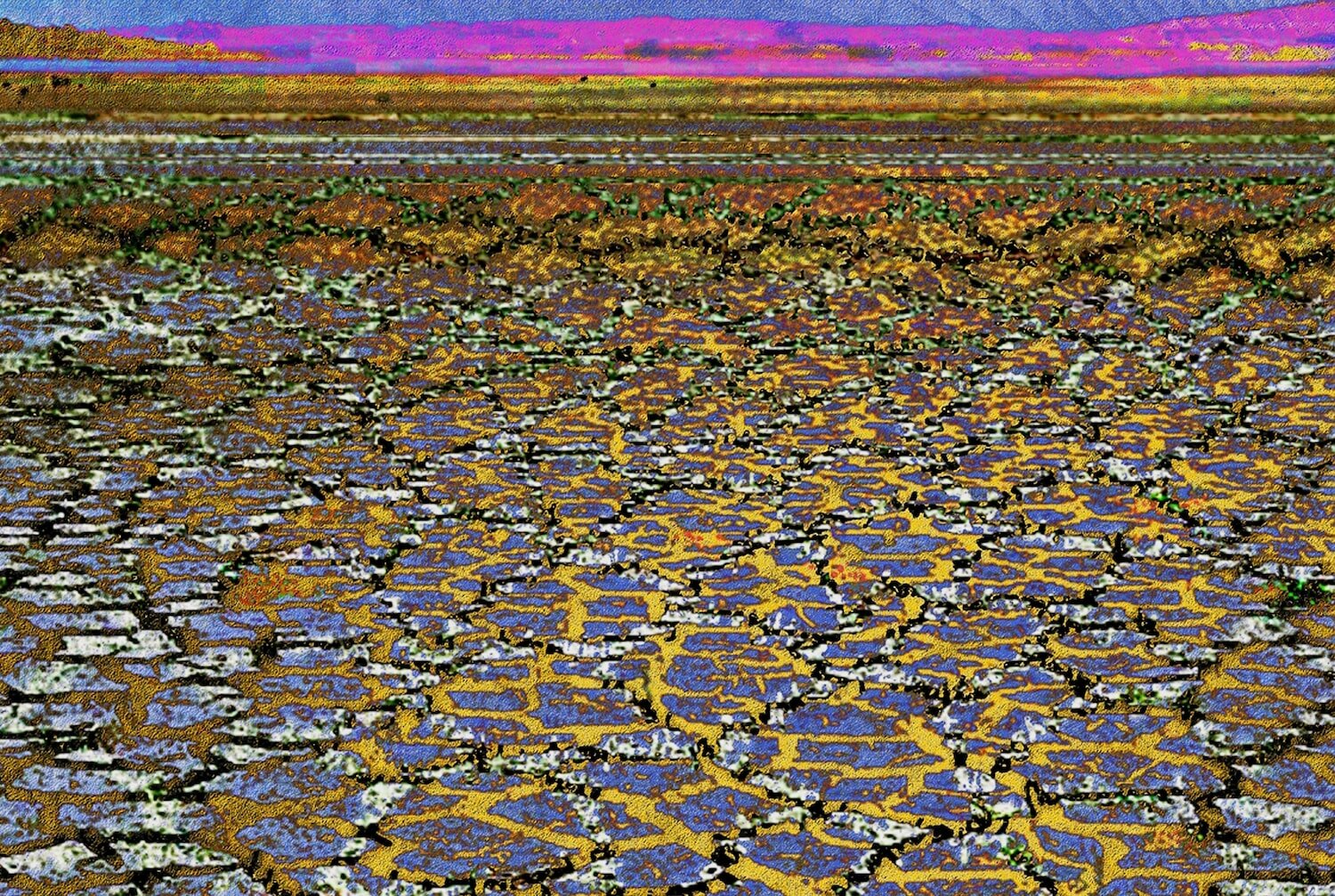
Drought
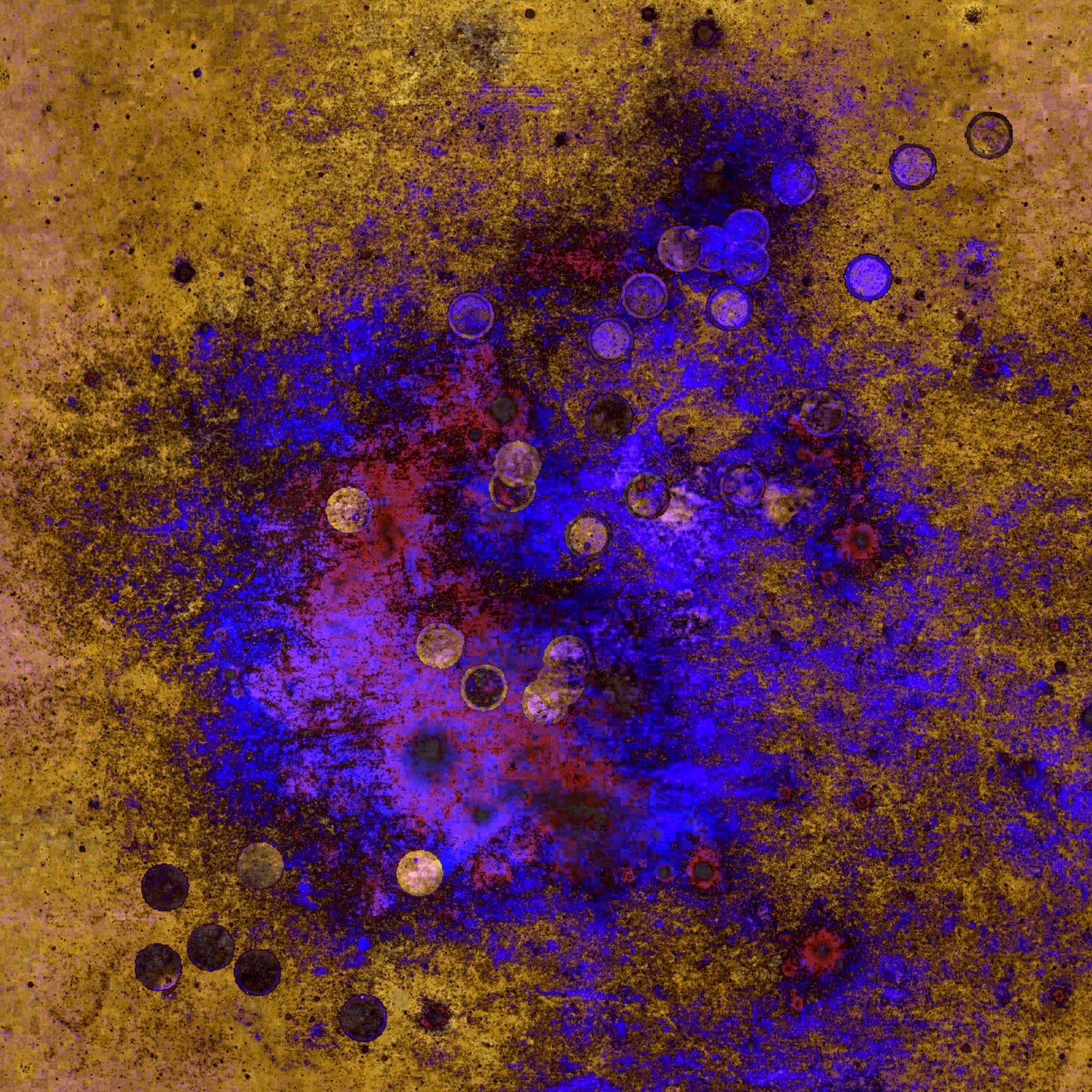
Wildfires and Climate Change
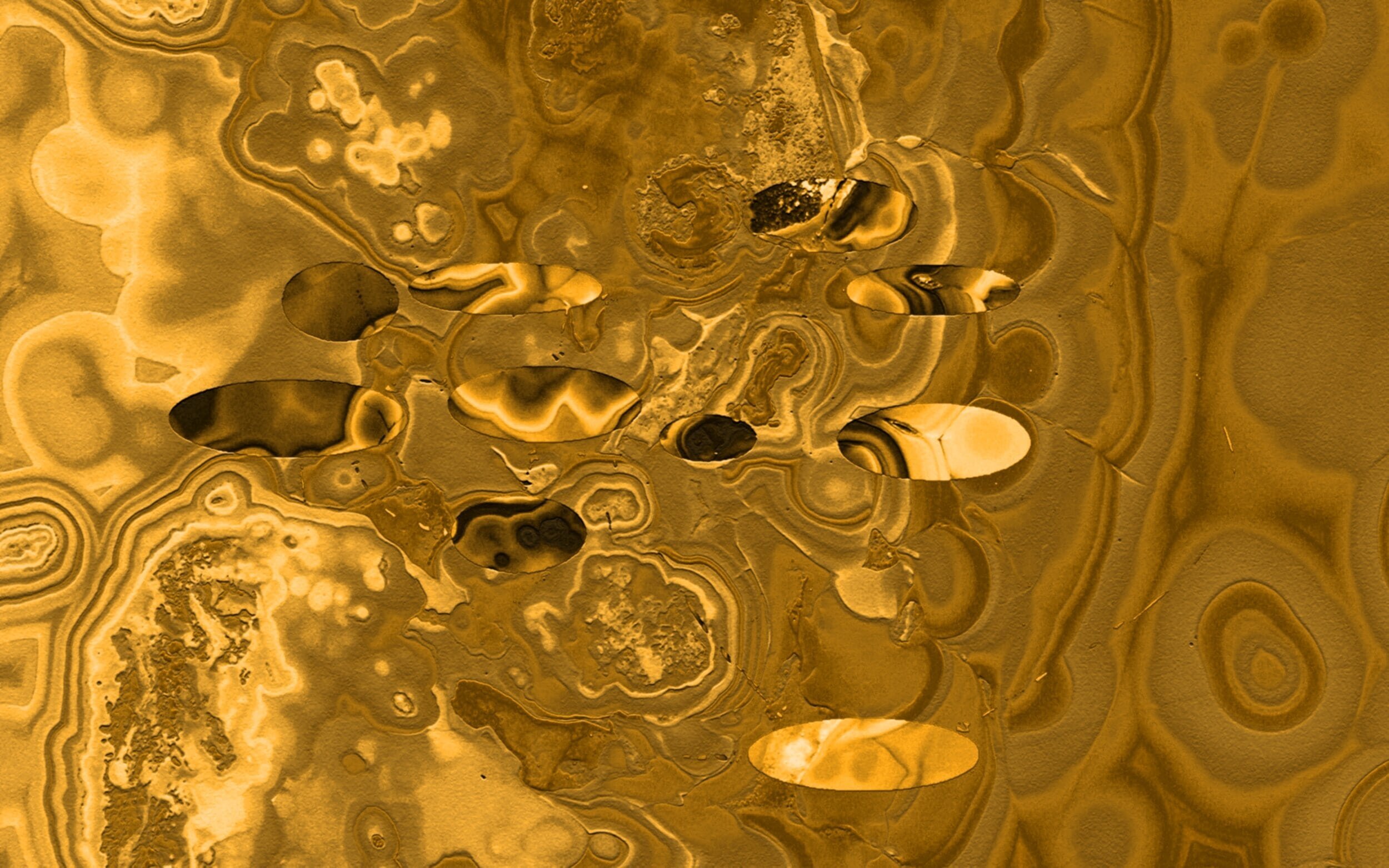
Global Tipping Points

Historical and Projected Global Sea Level Rise
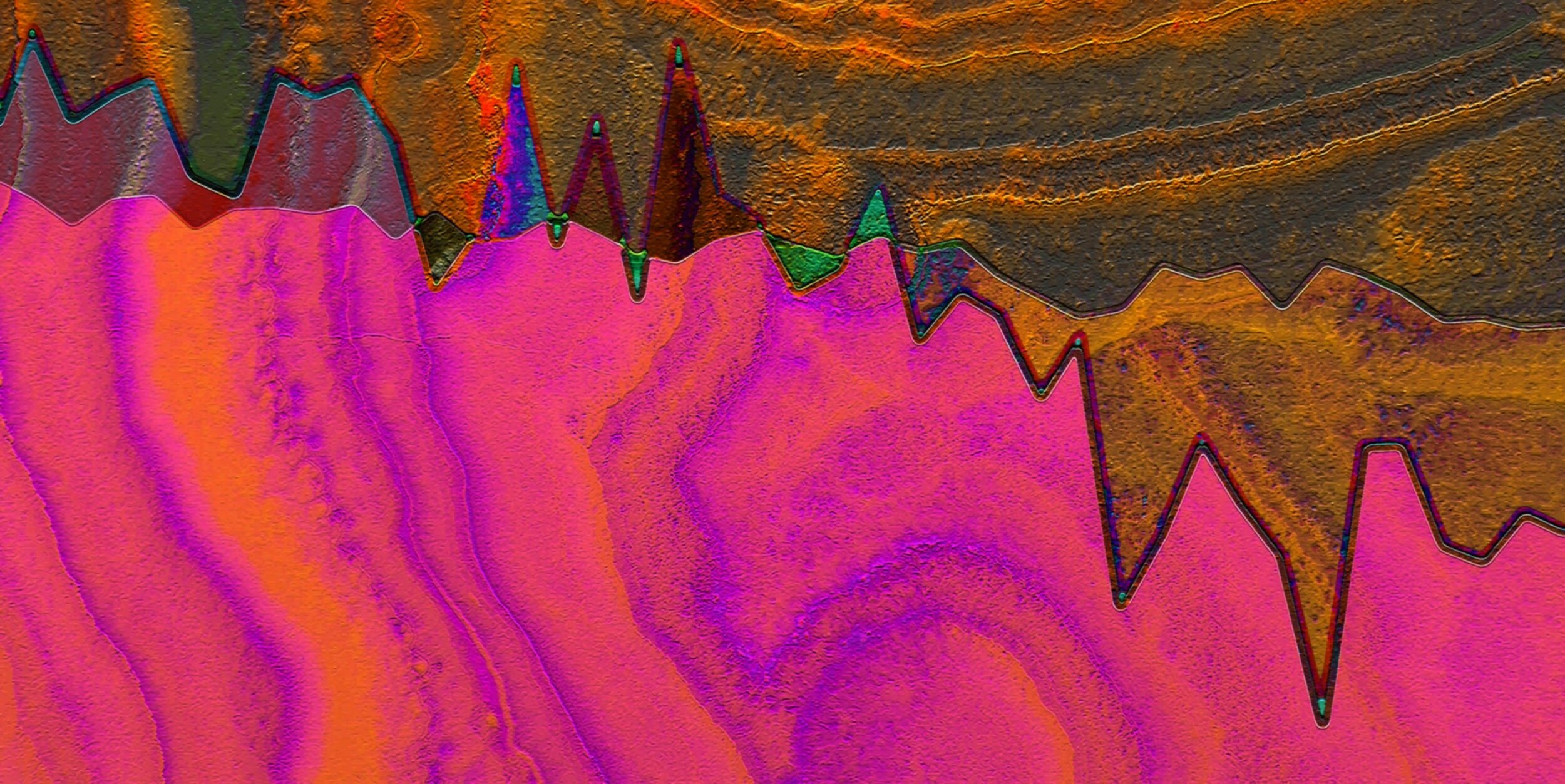
Arctic Sea Ice Extent 1979-2017
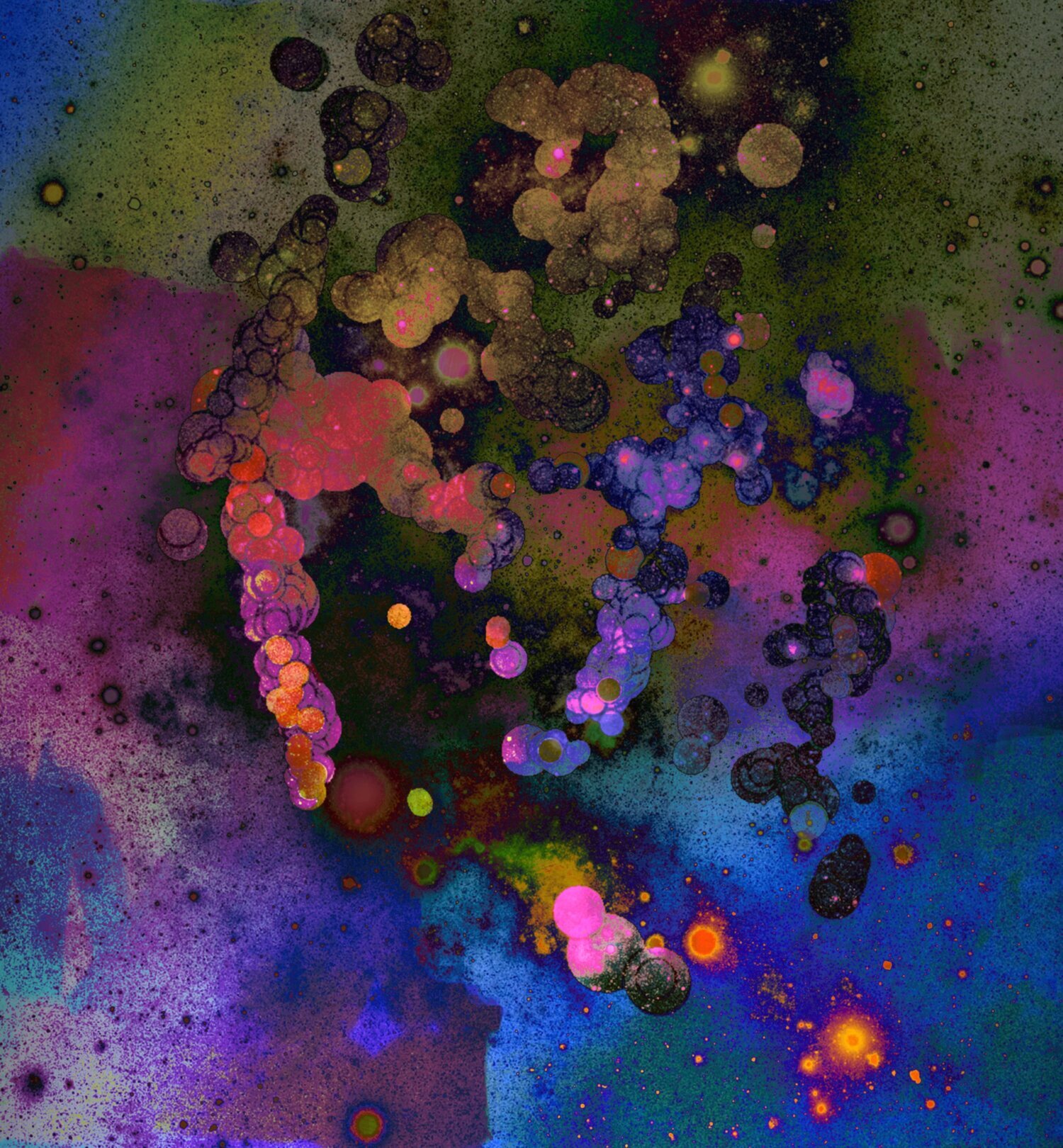
Snowpack Trends in the Western US

Greenhouse Gas Emissions By Sector

Population Growth
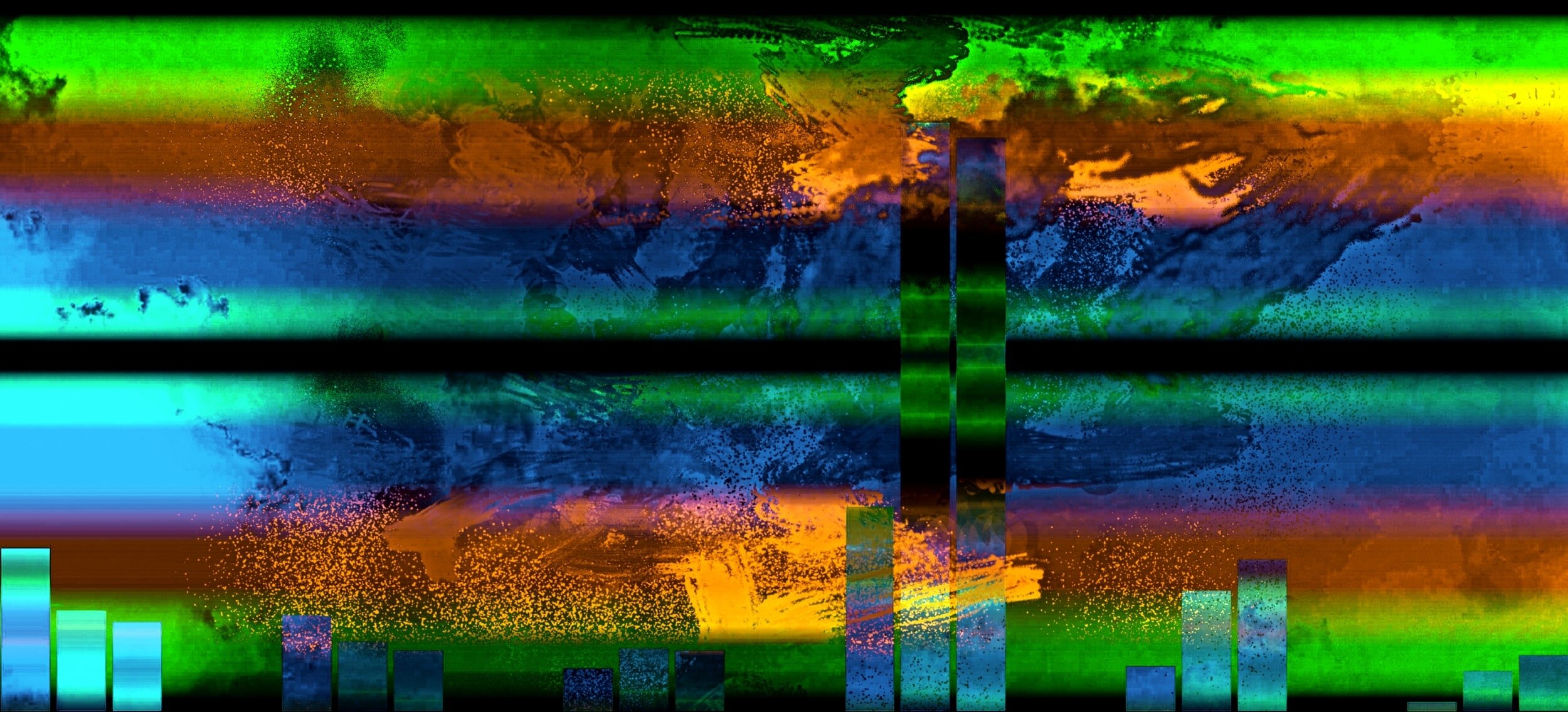
Coal Demand
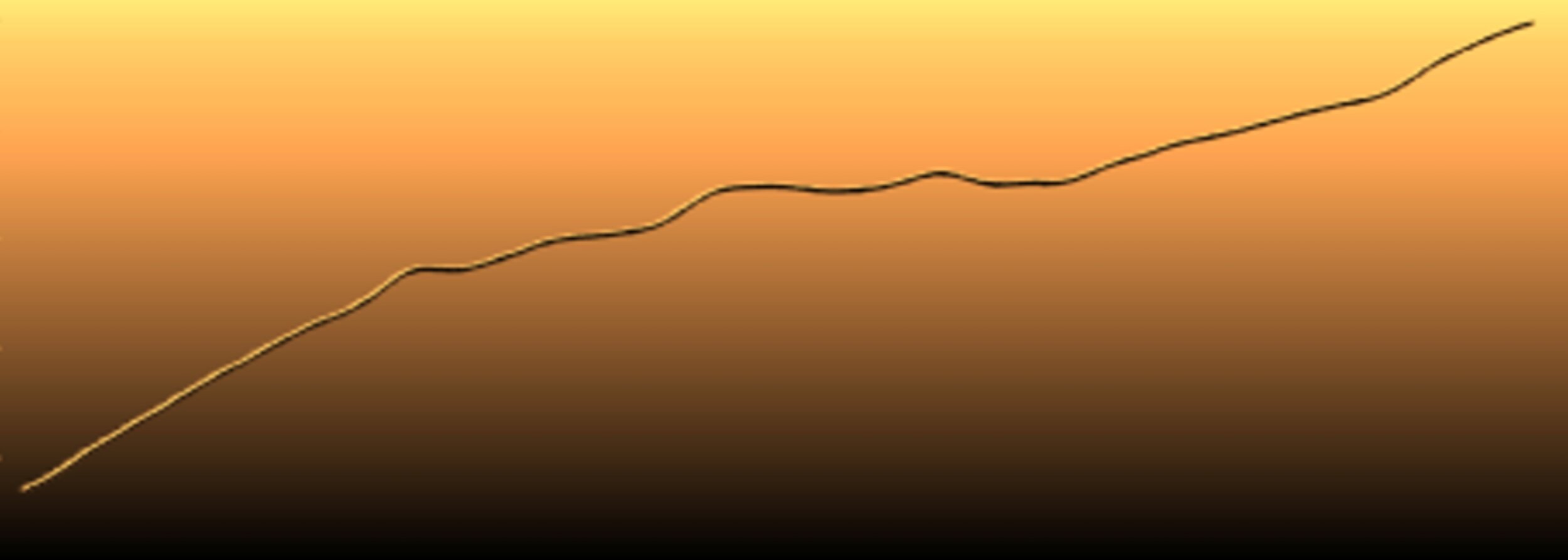
Trends in Global Methane Emissions
